Morning Fog
Simple Life pulled away from the dock around 6:20AM. I was drifting in the river while I stowed my lines and fenders. Once stowed I pointed the boat south through the morning’s fog. MV Effervescence IV had also pulled away from the dock and had taken up my stern .I captured a few seconds of the morning’s fog on my phone.
Sound Signals
As we moved through the fog I had my airhorns blasting on long every two minutes.
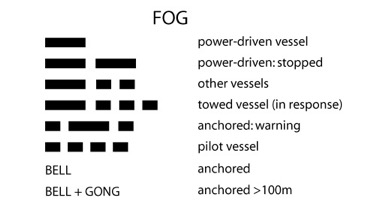

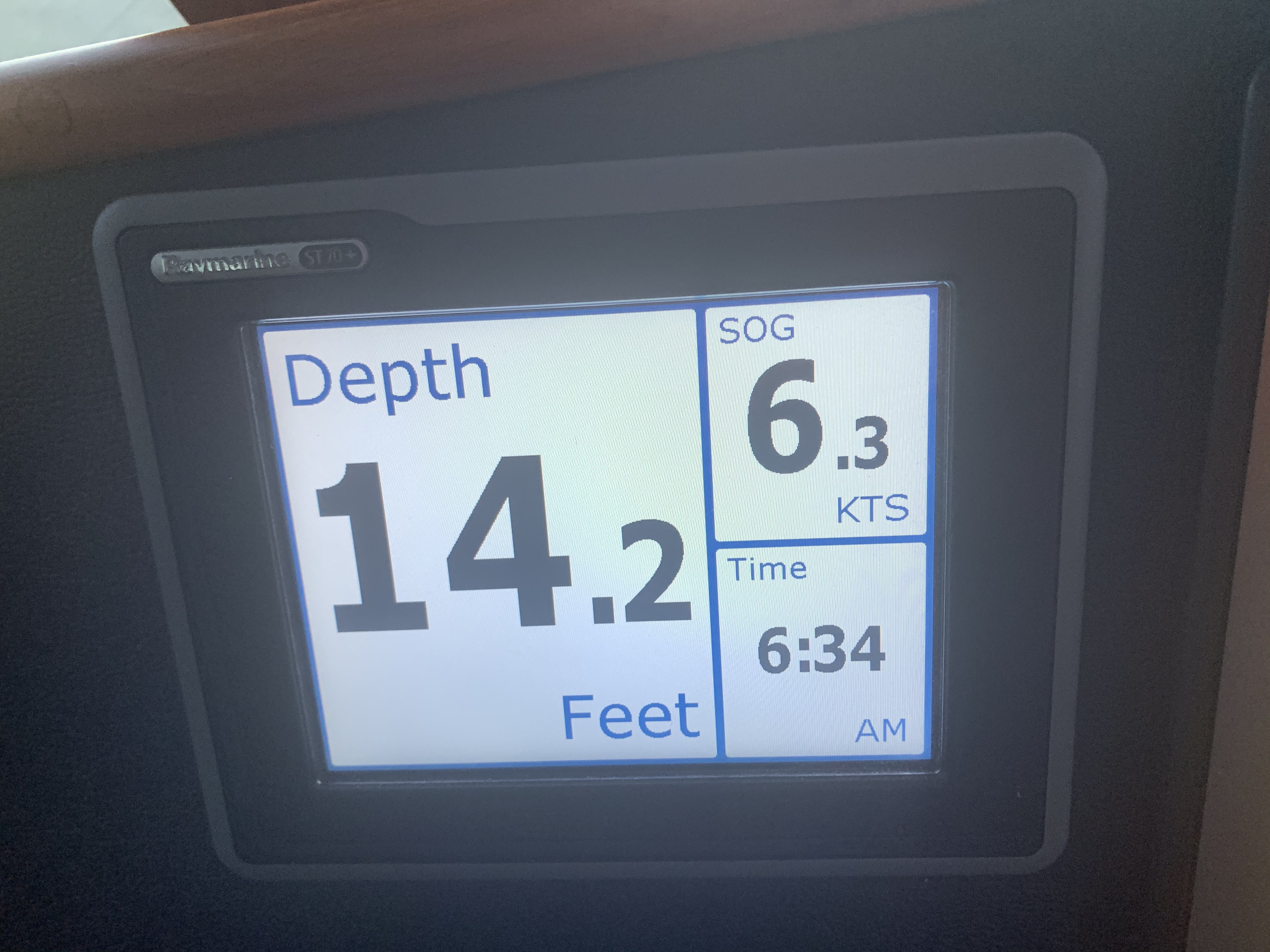



Great Bridge Lock
We had left the dock because just a mile or two down the river is the Great Bridge Lock. We wanted to get through the lock as quick as possible so that we could maximize the nautical miles we could put behind us by using all of the daylight. When we arrived at the lock we had to wait about 30 minutes for the next opening. Once inside the lock, we tied to the rubber numbered East wall so we did not have to set our fenders.
Great Bridge
You can see at the end of the above video that as soon as you exit the Great Bridge Lock you must stop and wait for the Great Bridge to open for you. I always remember the lock and the bridge being sync’d in time. When one let boats through the other was ready to let them through as well. Today however, we had to wait. More time spent not moving toward our nights proposed anchorage in the Alligator River.
Eventually the Great Bridge opened for us and we slipped beneath it’s large raised spans to find AYB (Atlantic Yacht Basin) on just the other side.
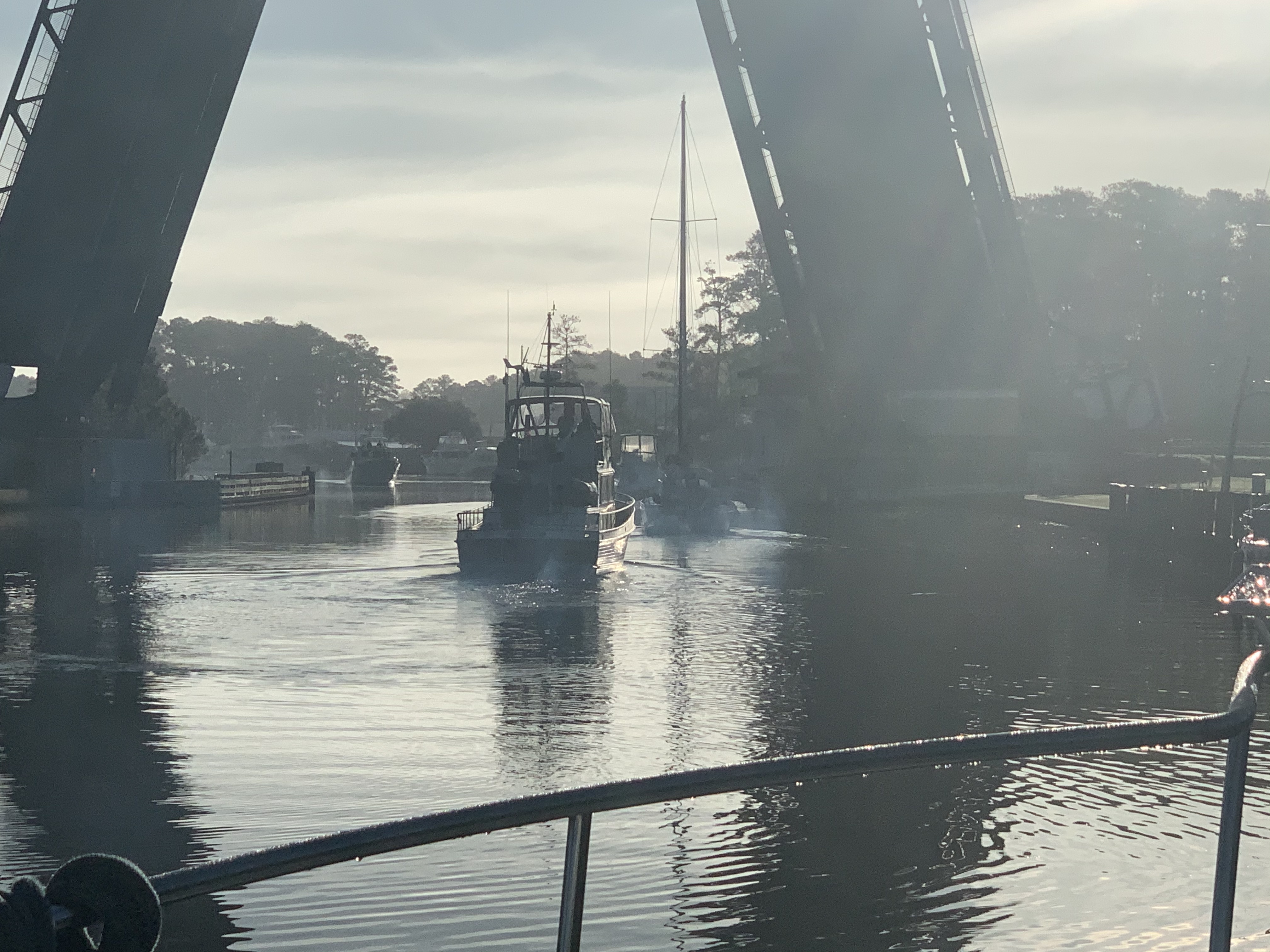

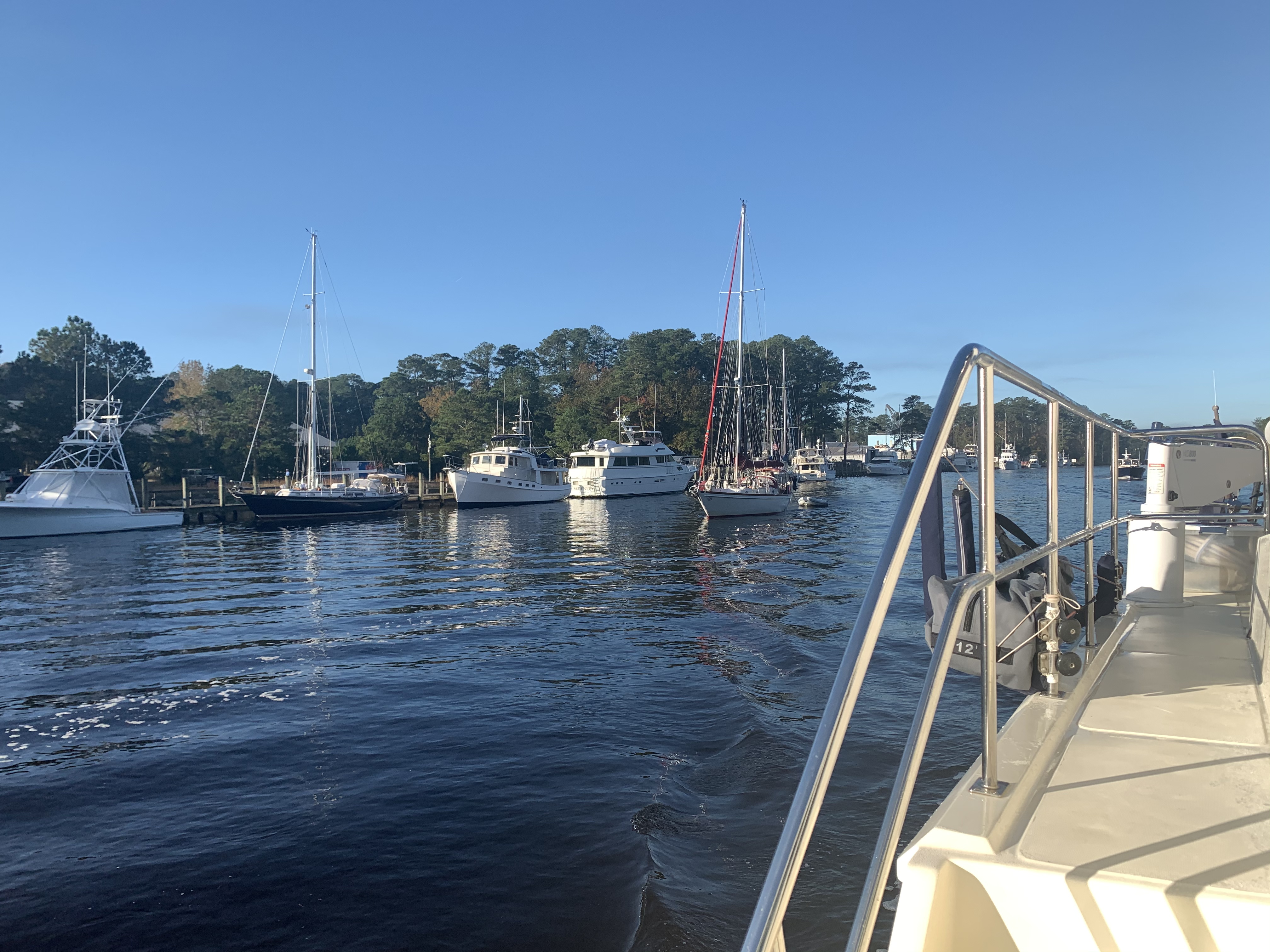
Encountering Barges
When you travel down a river the deepest part of the river is often the visual center. As you get away from the center and near the banks or edges of the river it can often shallow quickly. The ICW is a federal waterway which is responsible for moving goods up & down the US East Coast safe from storms on the Atlantic. Wide tug and barge combos will need that depth found in the center. If you need to pass a tug pushing a barge you need to give them the center. This often pushes you uncomfortably close to the shallow banks. Some boats will stop while the barge passes but most will communicate the pass over the VHF. The tugboat captain will usually say something like “I’d like a one-whistle pass” or “I’ll meet you on the one”. This jargon comes from the fact that boats use sound signals or either one or two short blasts of the horn to indicate what side of your boat they intend to pass on.
As the tug passes I check my AIS for information about the tug.
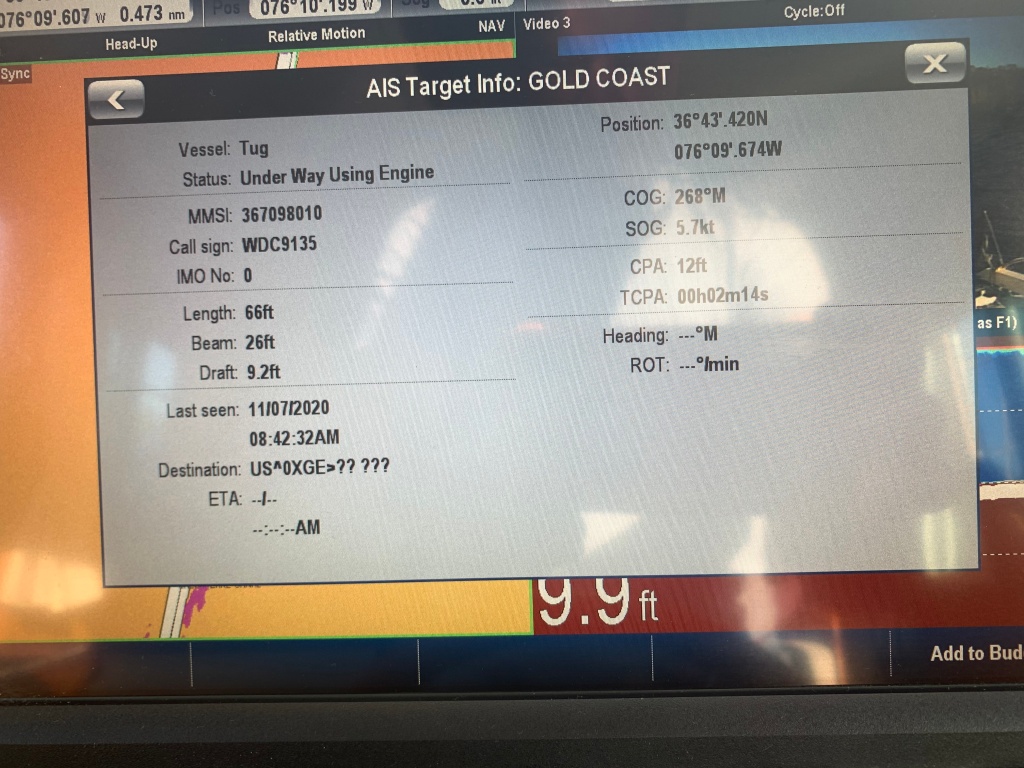
Crossing State Lines
When transiting the East coast I always enjoy the moments when I cross state lines. Some states I come and go in the day, ex. RI. Other states I can spend weeks in, ex. FL.

North Carolina
Below are some of the sights as I approach North Carolina.




Who Doesn’t Love a Cuck?
Now passing through Coinjock, NC I spy a Chevy El Camino on the shore. I don’t know why but I feel like that car is perfect for Coinjock.
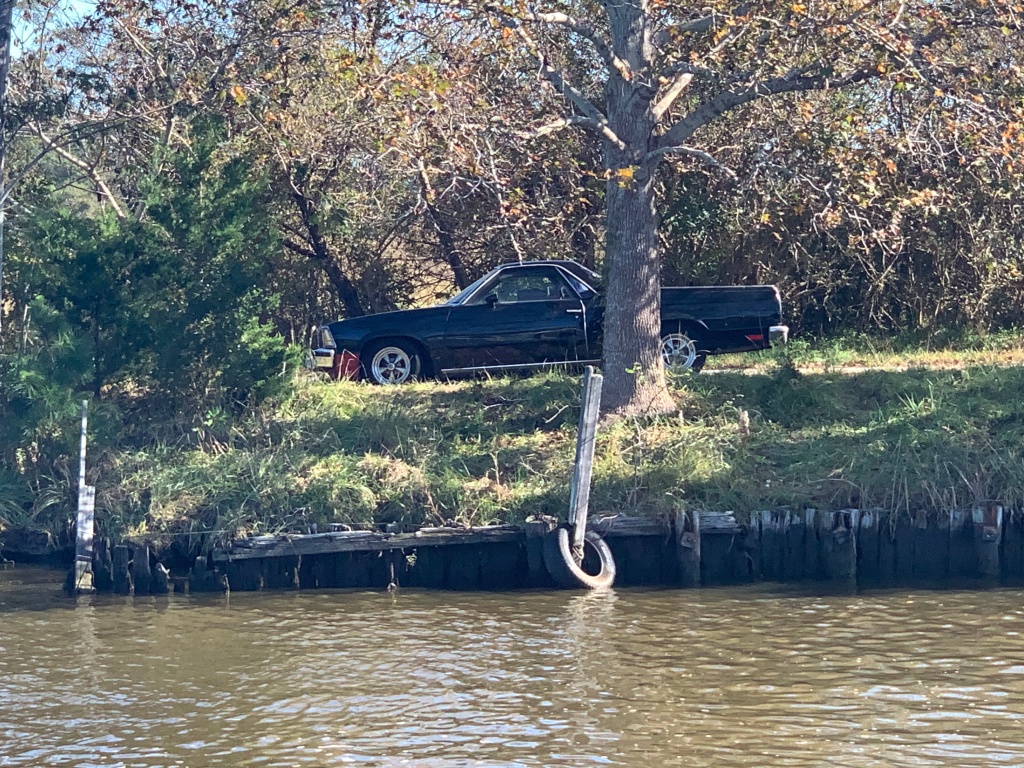
Get up an Go
This large yacht passed me at an amazing speed for such a large yacht. They were outside the channel while performing the pass. Their wake was not that bad as much of their hull is out of the water as they plane on top at high speed.
Daylight Fading
At this point in the day’s journey, we are about to cross Albemarle Sound. During the night before’s captain’s briefing, we had planned to cross Albemarle Sound and anchor just before the Alligator River Swing Bridge. Delays we encountered at the Great Bridge Lock have made it so the sun will set before we arrive at our anchorage. MV Effervescence IV has asked me if we could increase our speed so as to arrive while there is still light? The sun is setting at 5:03PM and the last quarter moon will not rise till 11:50PM. No moon makes for a dark night and nobody wants to hit a day marker piling or run over a crab pot float and get a line wrapped around your prop.



I agree to increase the speed from 6.5kts to 8.5kts.
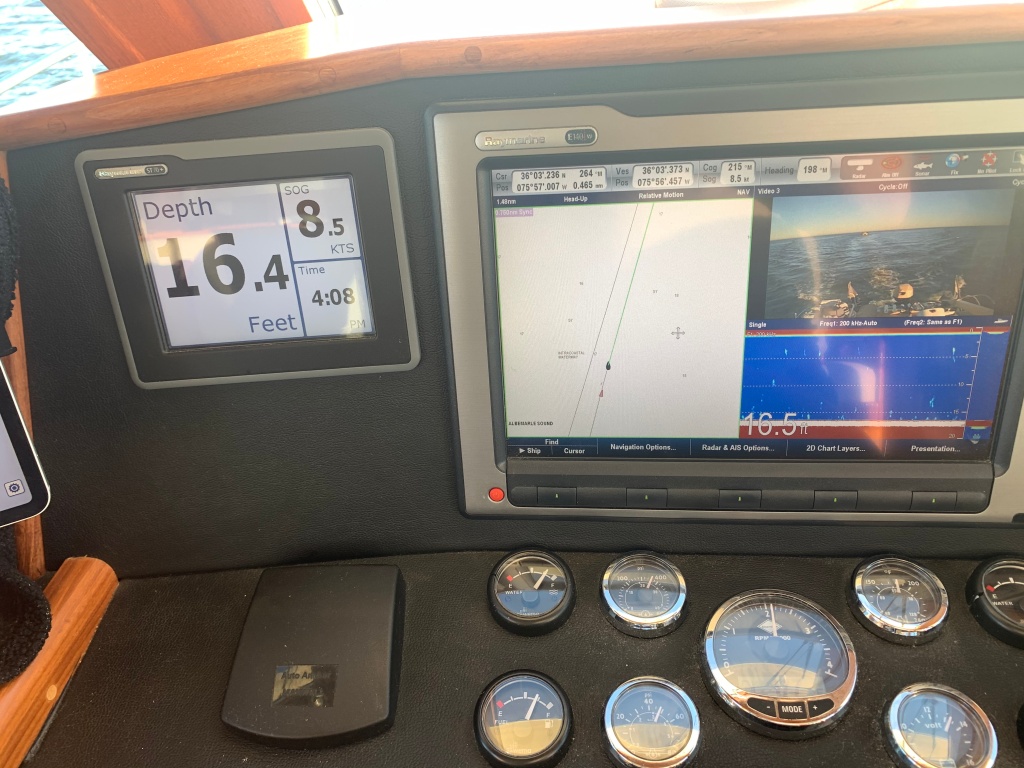
Fuel Economy
Trawlers like most boats can get great fuel milage at a slow speed. However, for every 1/10 of a knot you go above that speed the MPG starts to plummet fast. At 6.5 kts I get 3NM/gal. At 8.5kts I get 1NM/gal. If you have to increase your speed to close to your top speed you will very quickly spike your dollars paid per mile. It is better to realize the needed increase early so you don’t have to do the worst case of increasing to near max. Planning and flexibility is the key to getting down the coast and still having $ for beer 😉
Albemarle Crossing
Today’s crossing of Albemarle Sound is one of the smoothest I’ve had.
I find a boat’s wake hypnotizing to watch up close.
Today’s 71NM journey looked something like this…


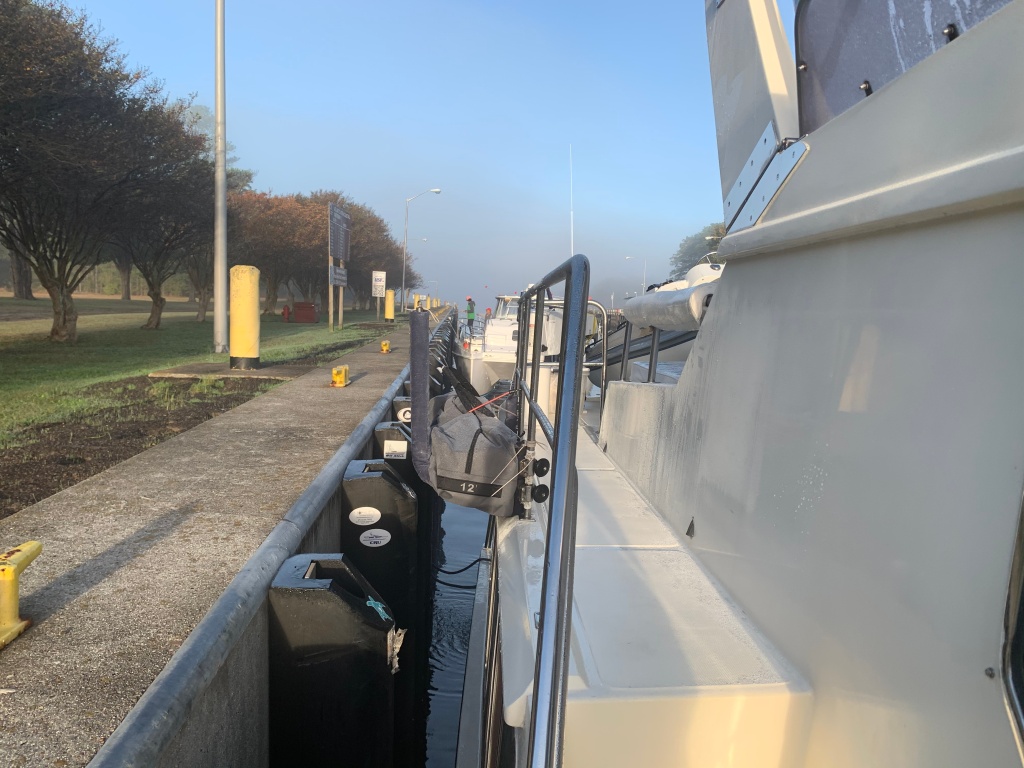



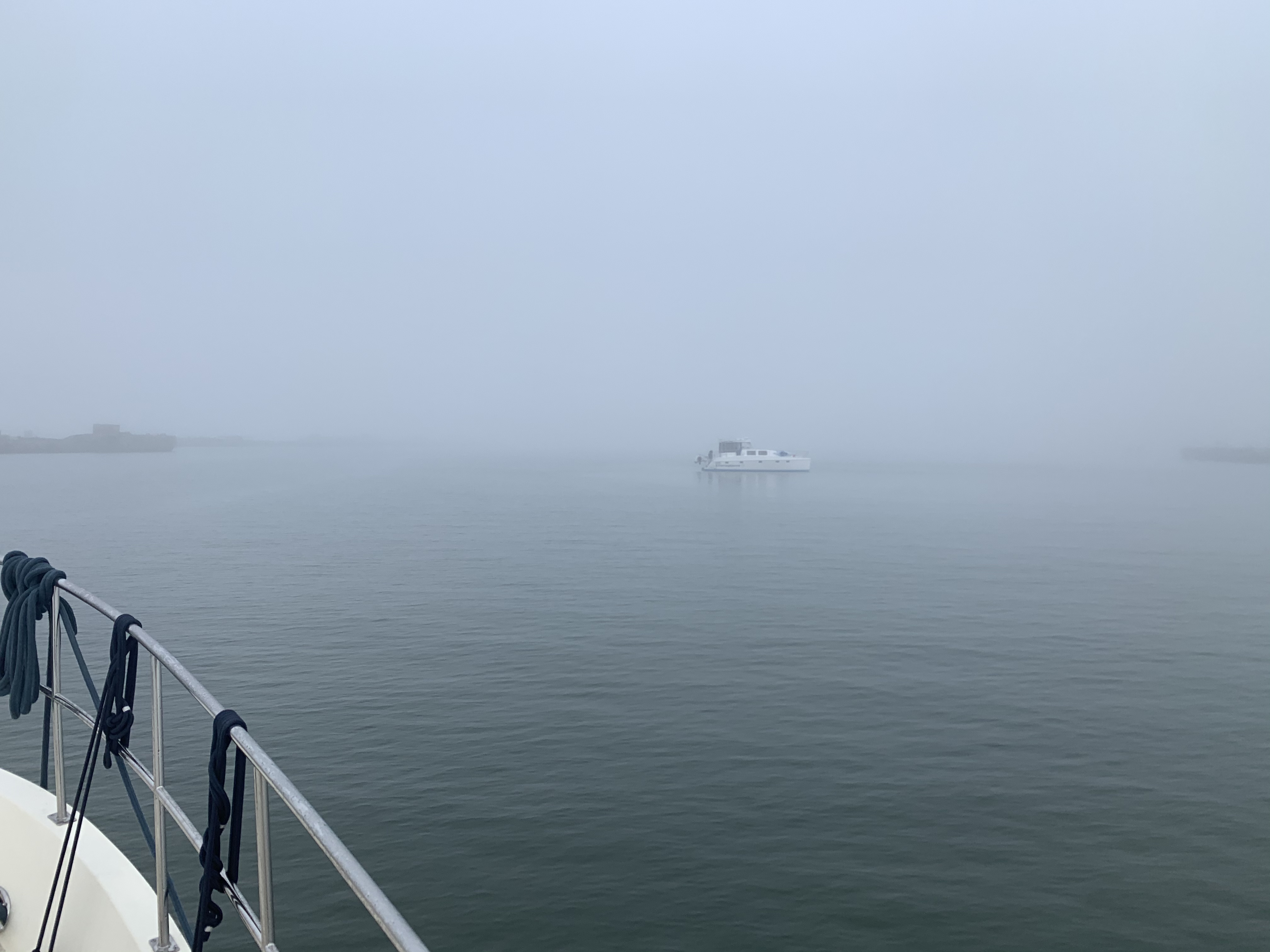
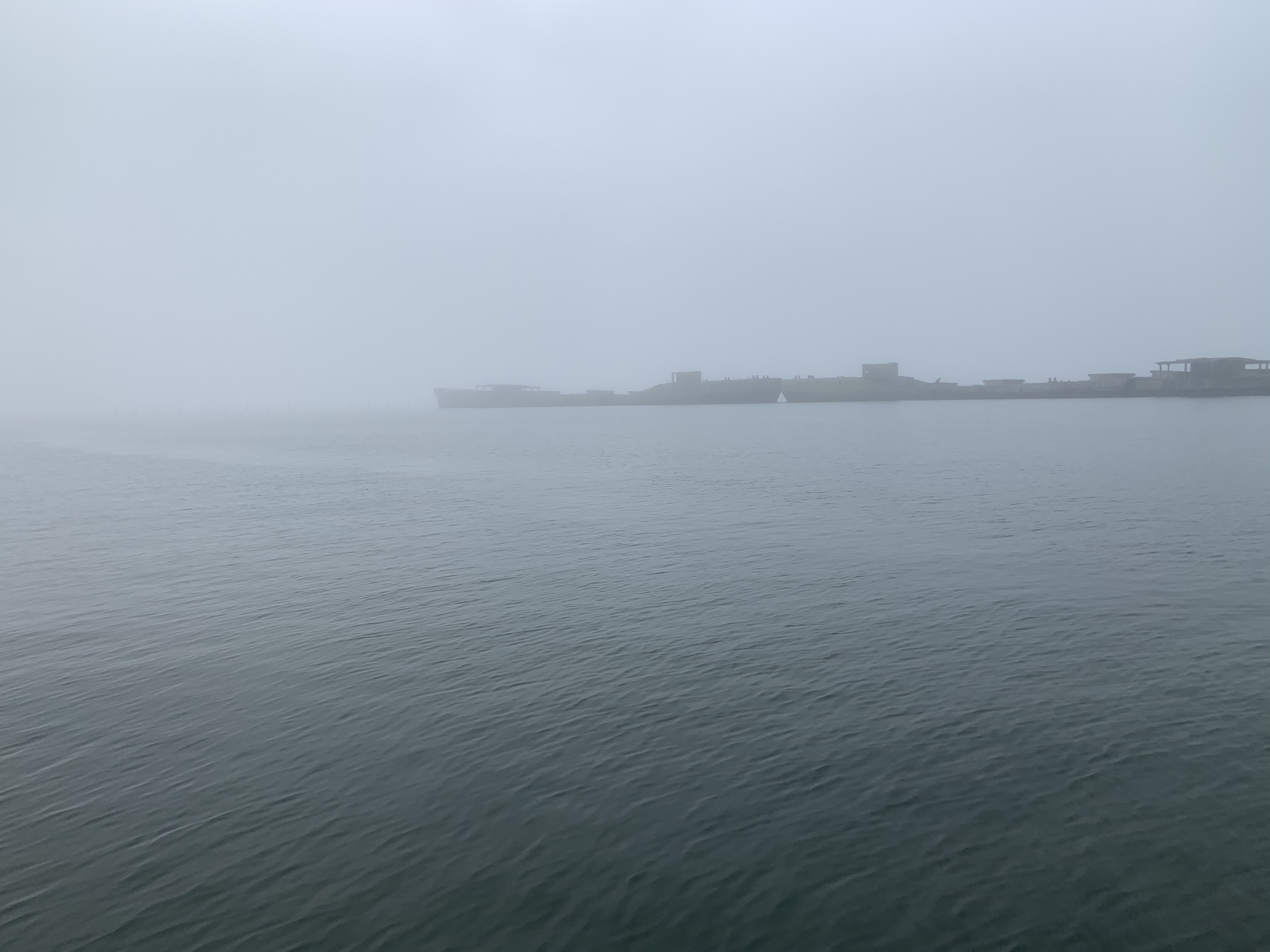
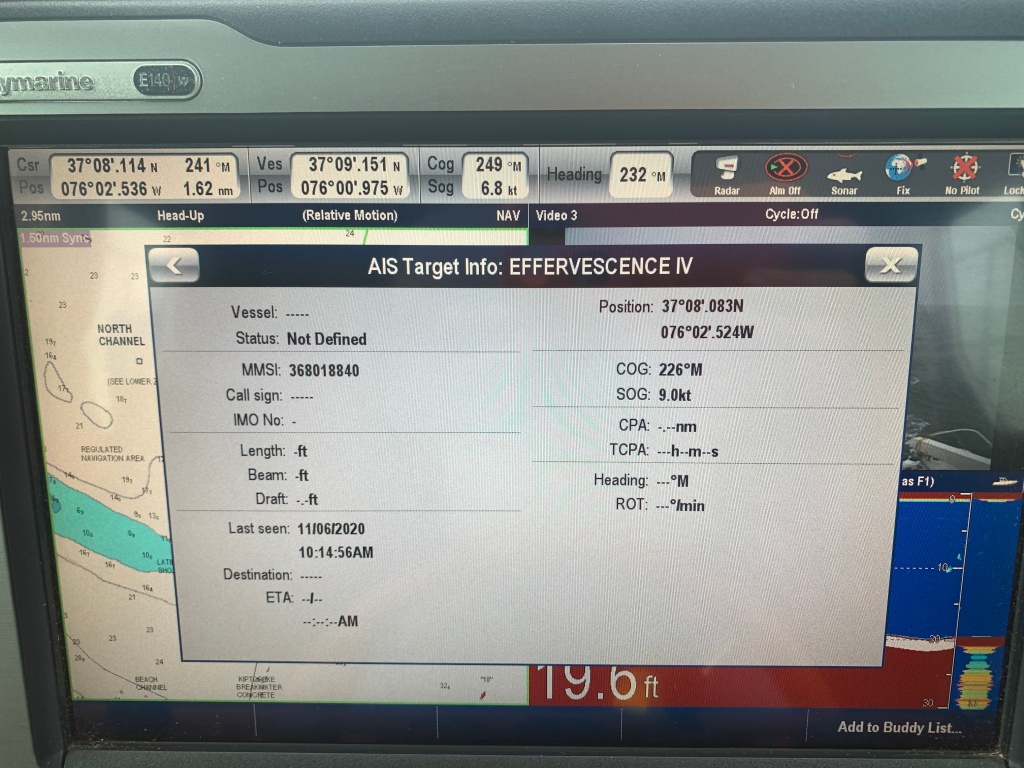





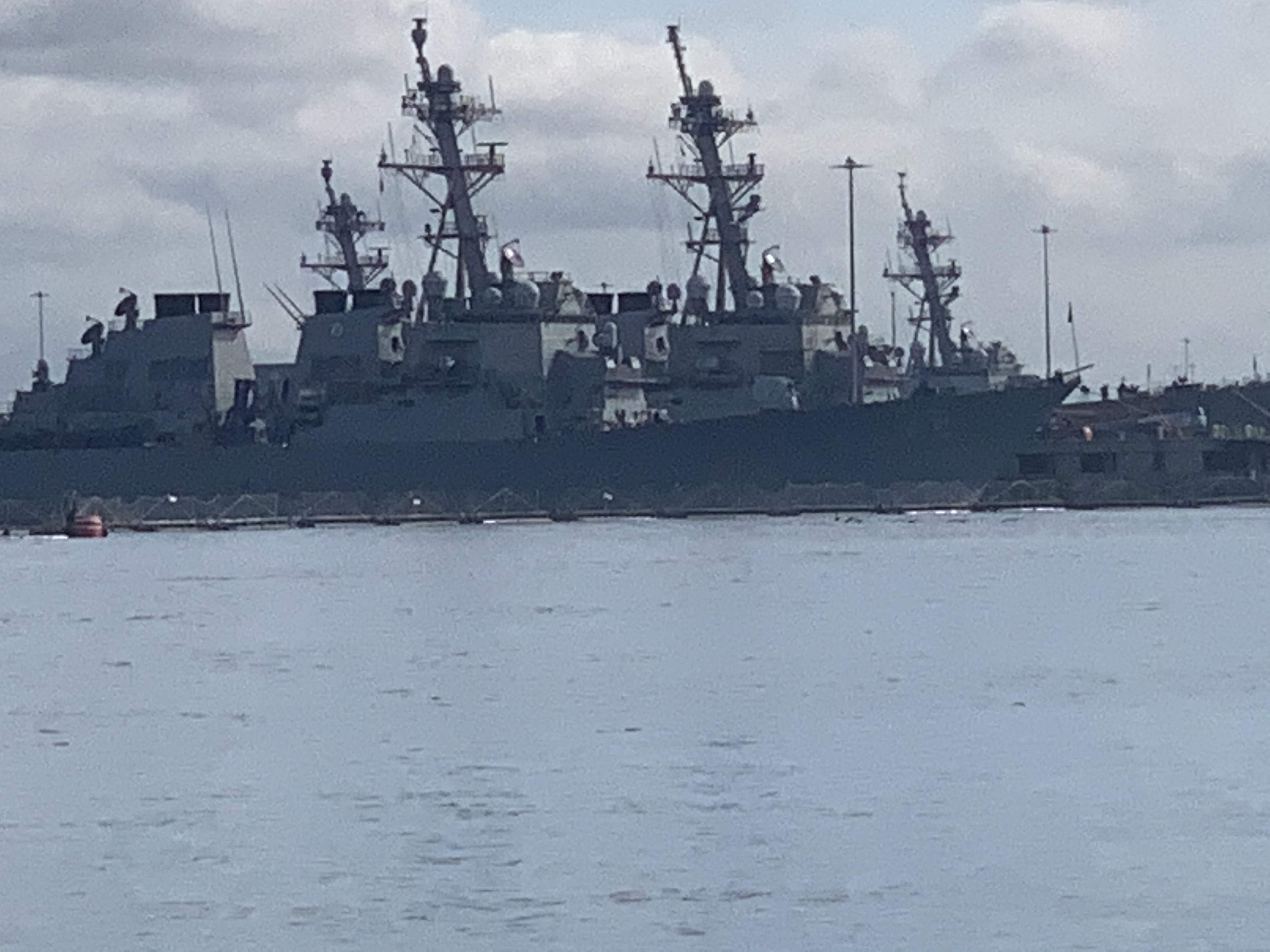



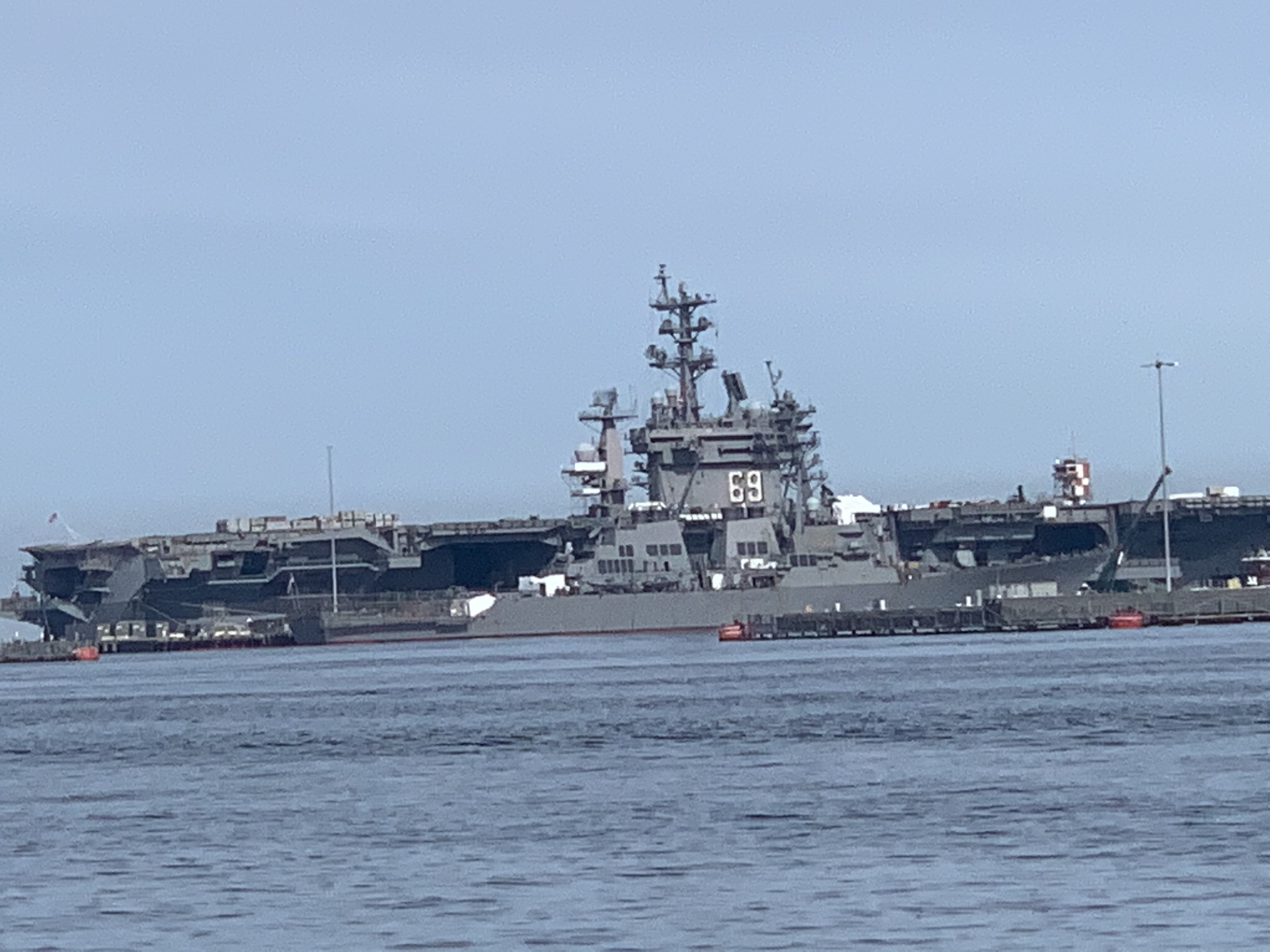


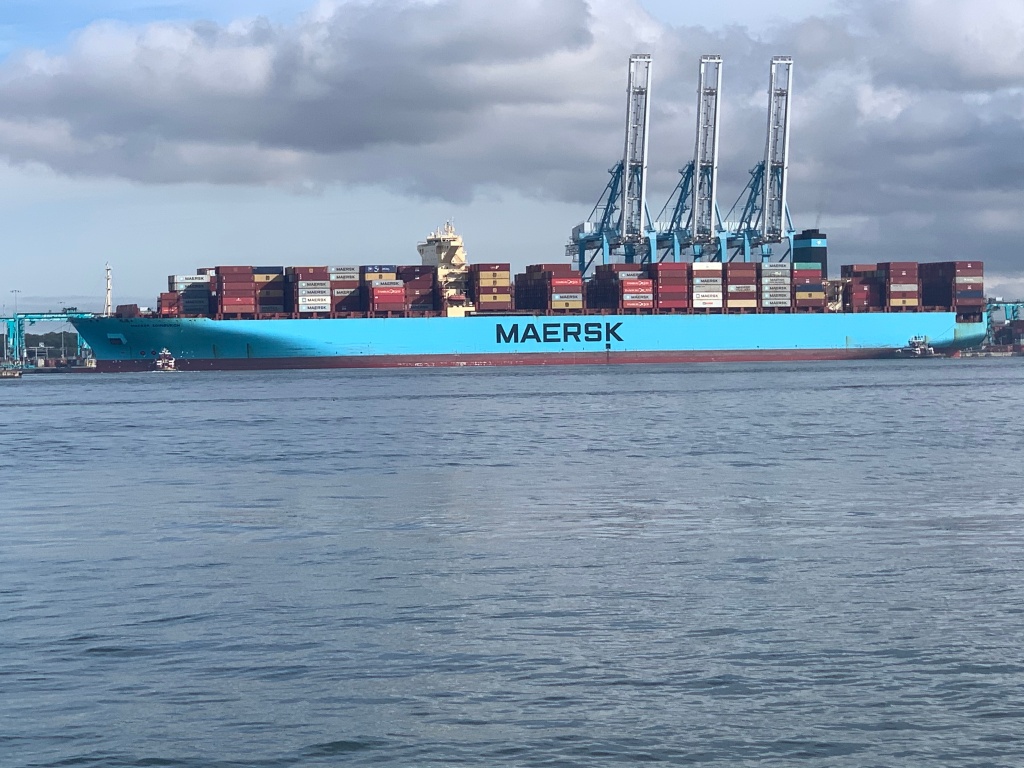


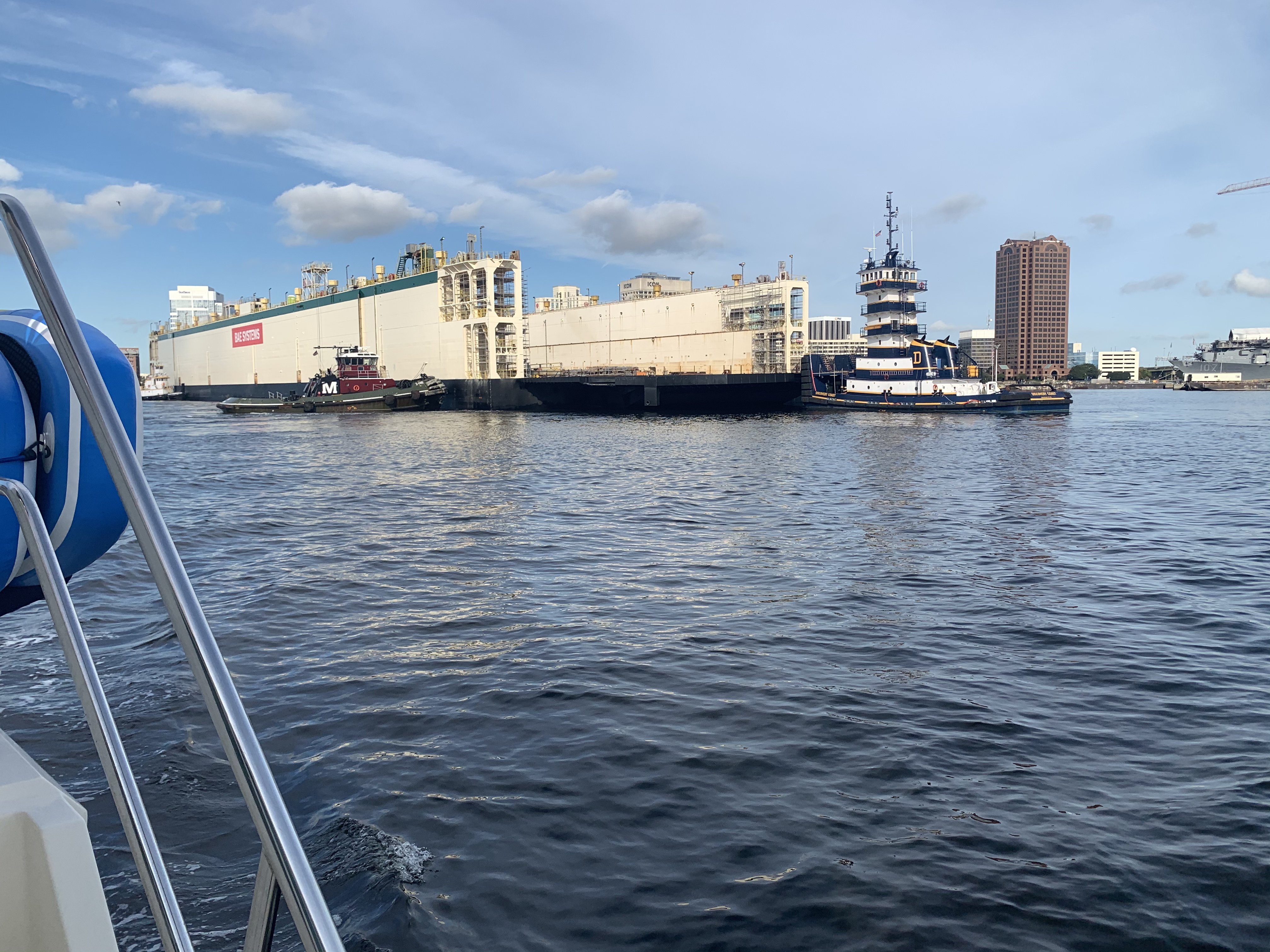

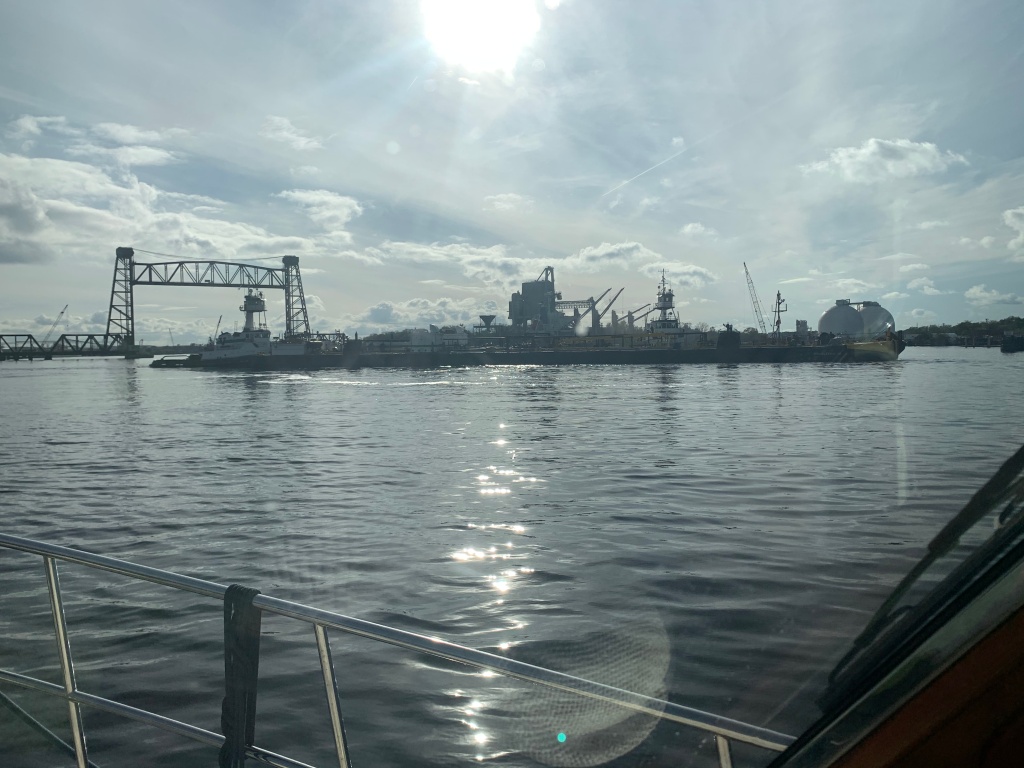



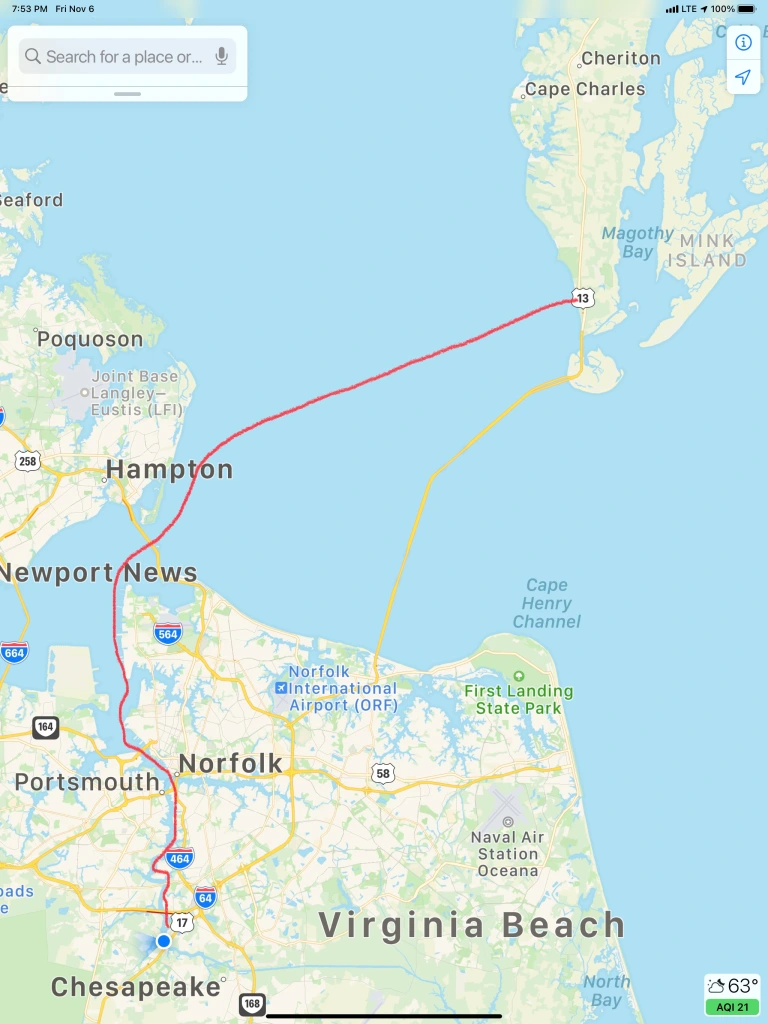



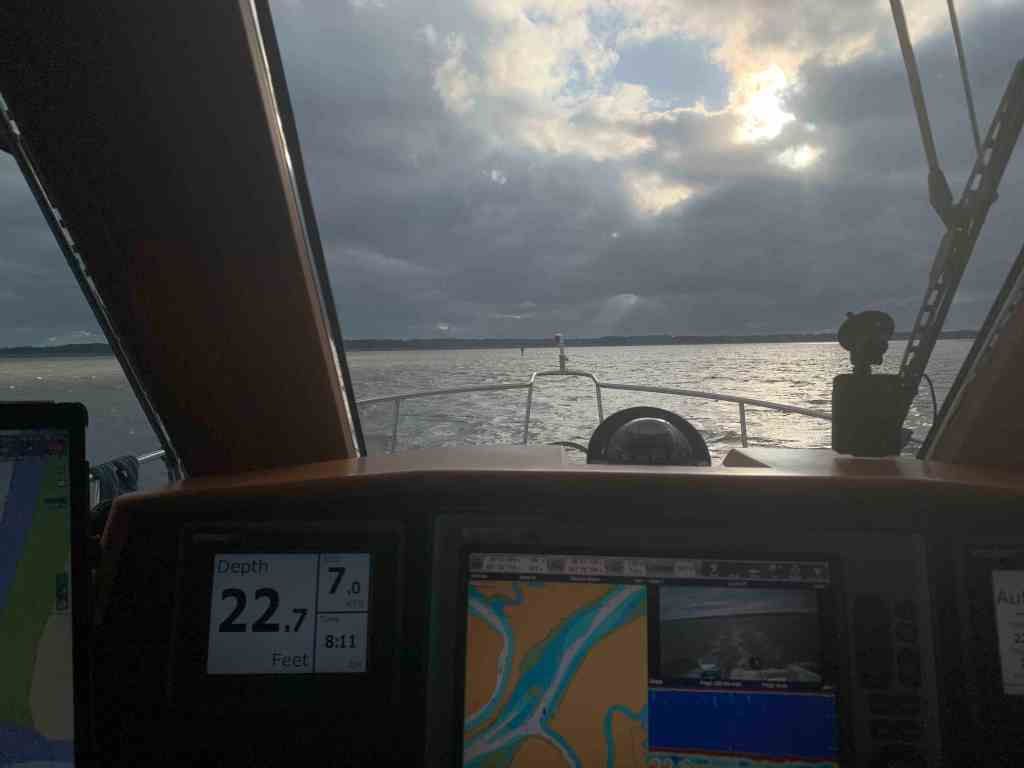
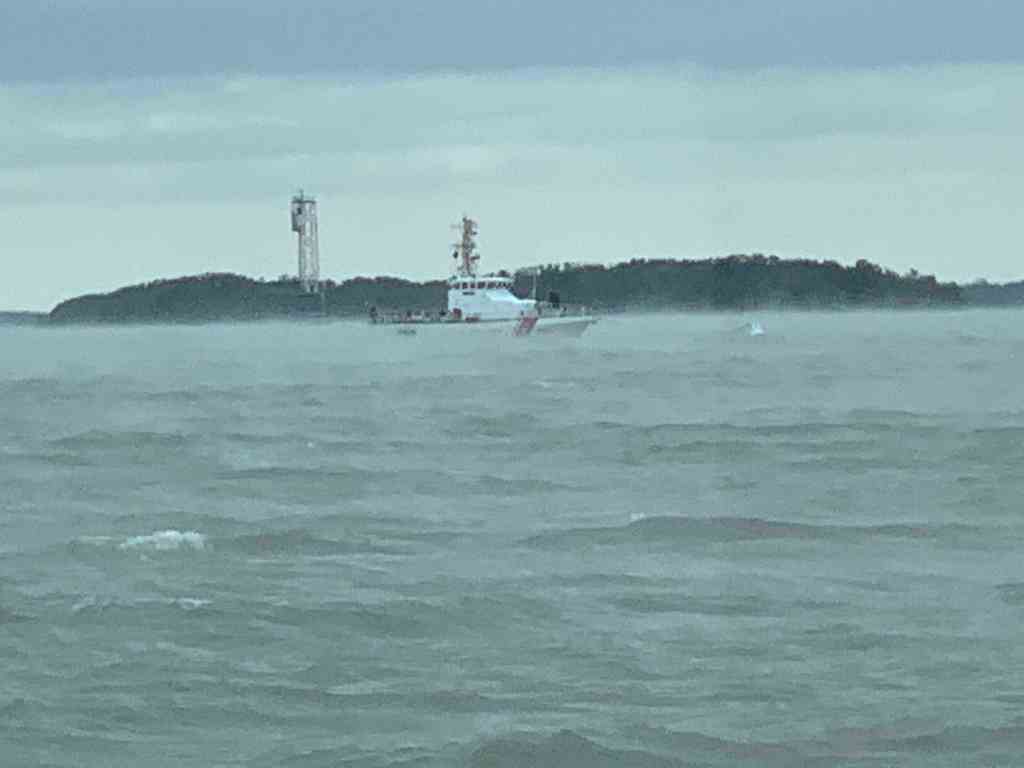
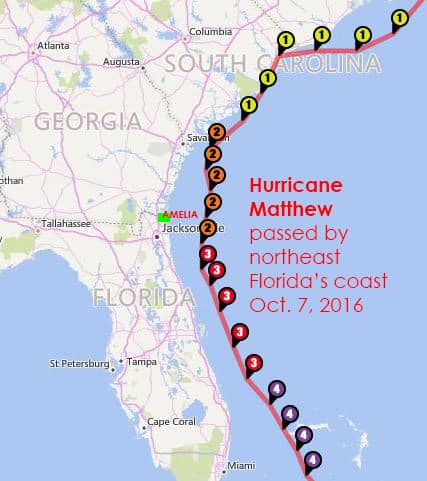








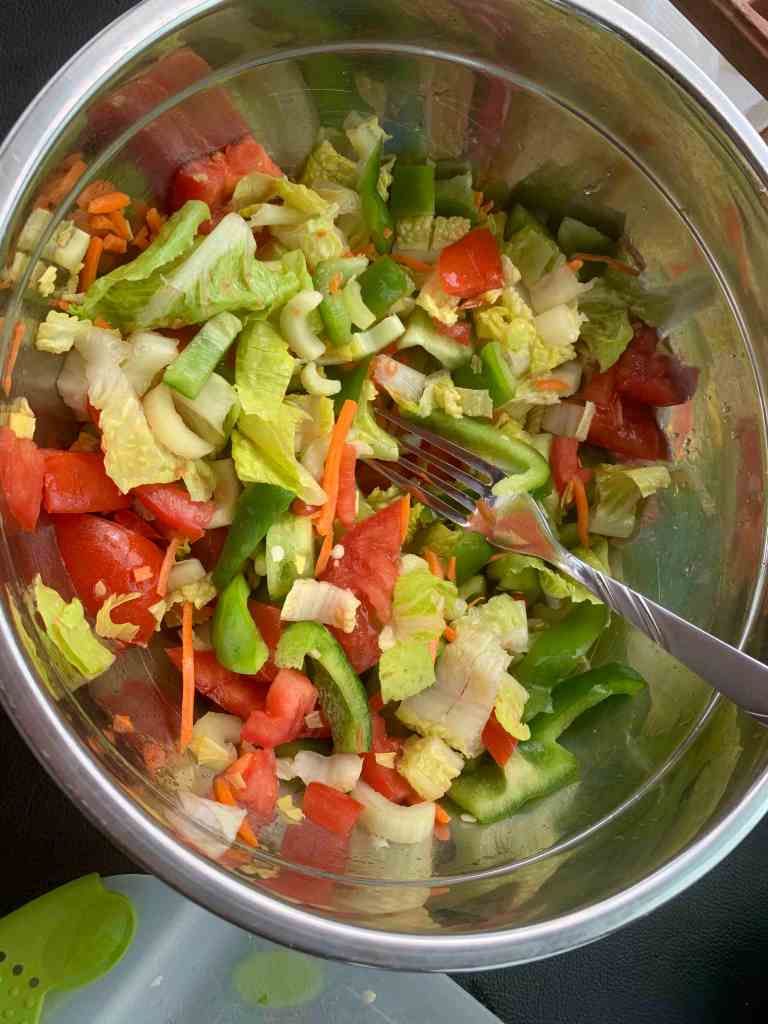
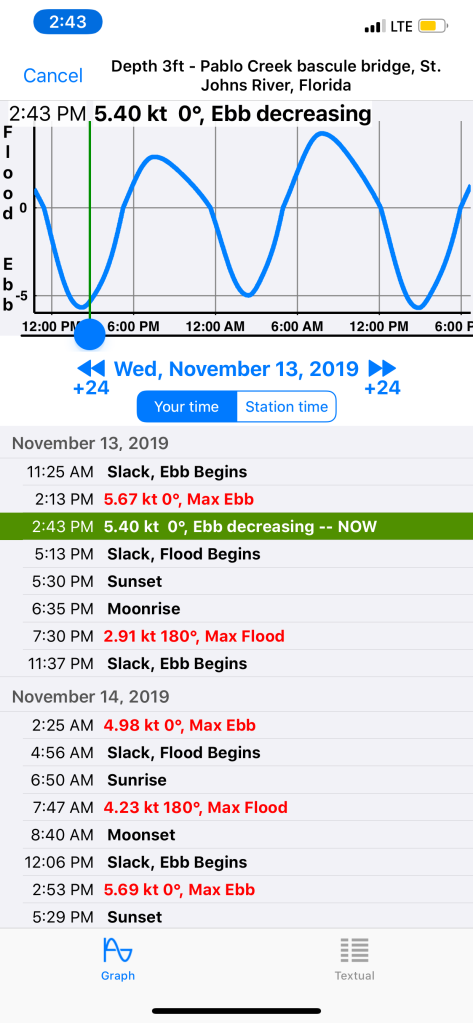
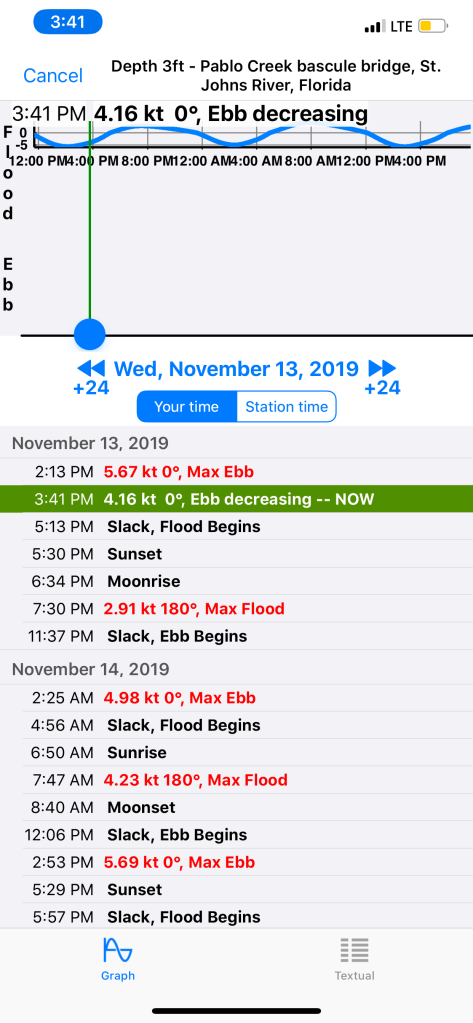
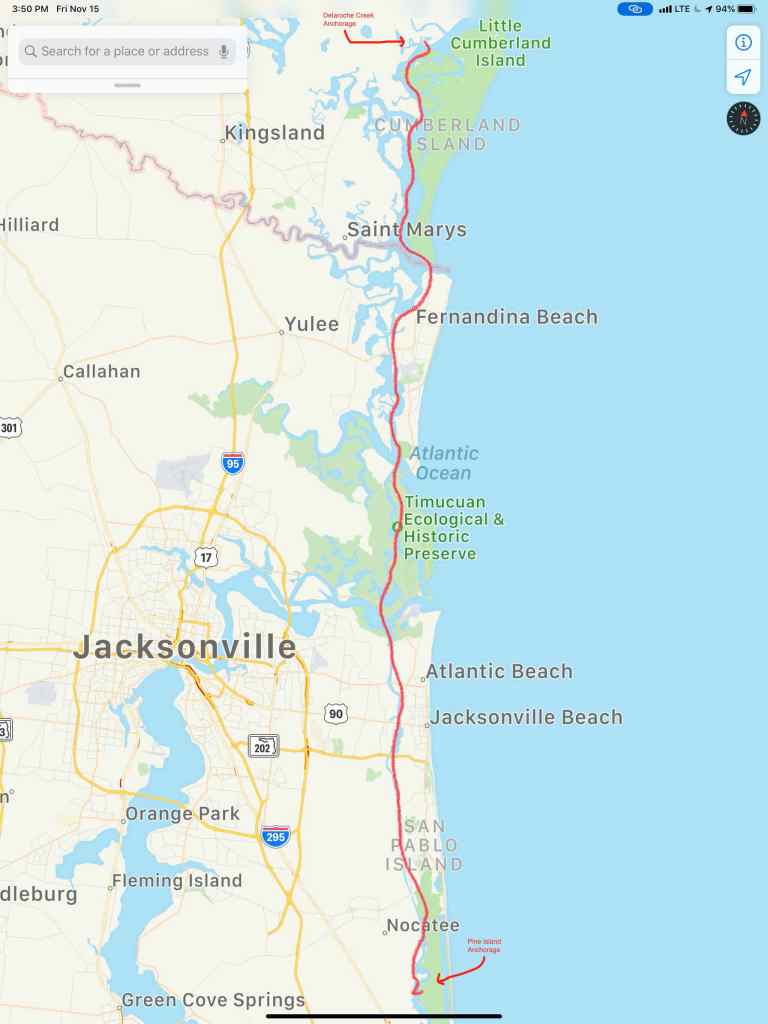






















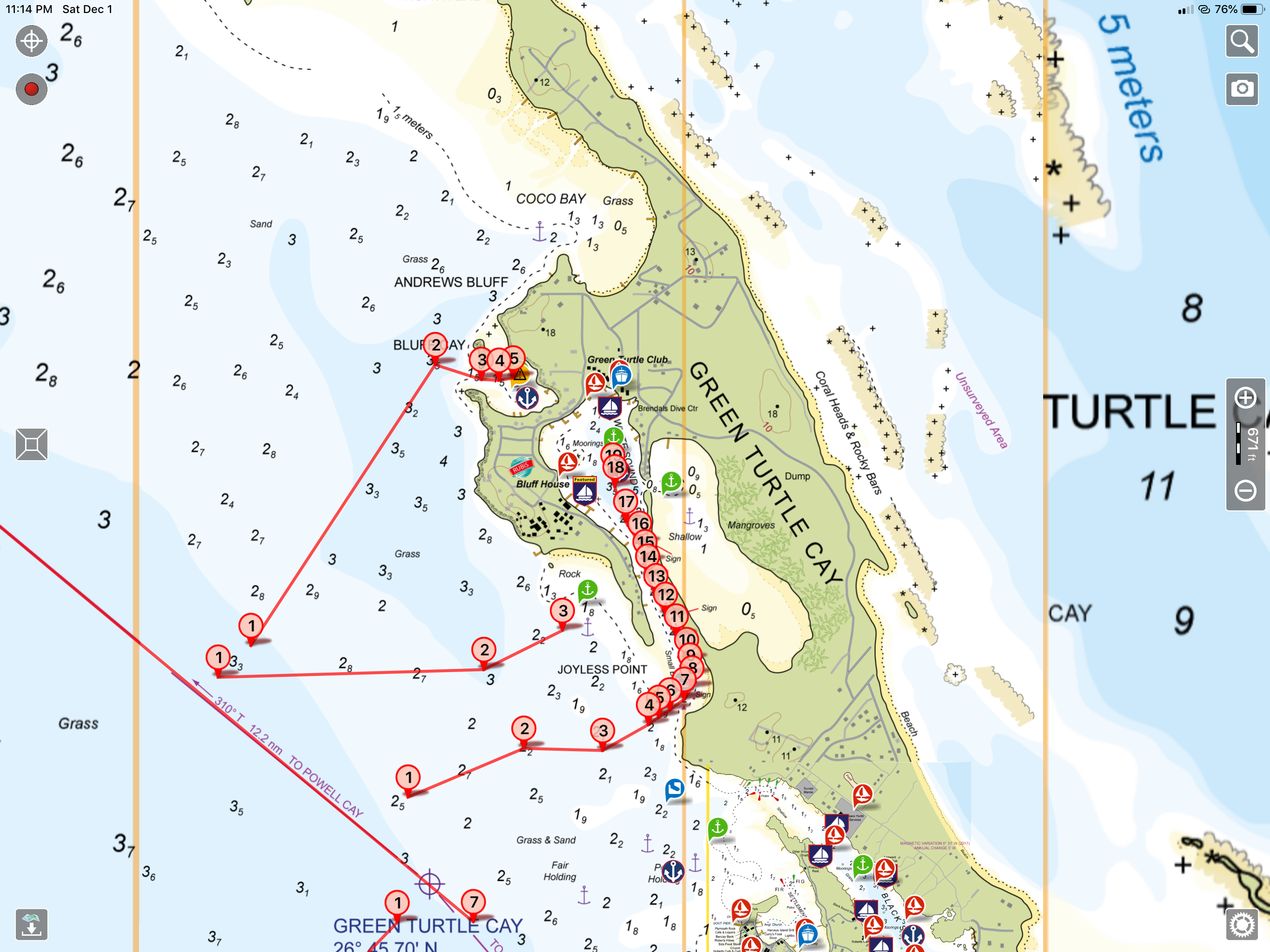

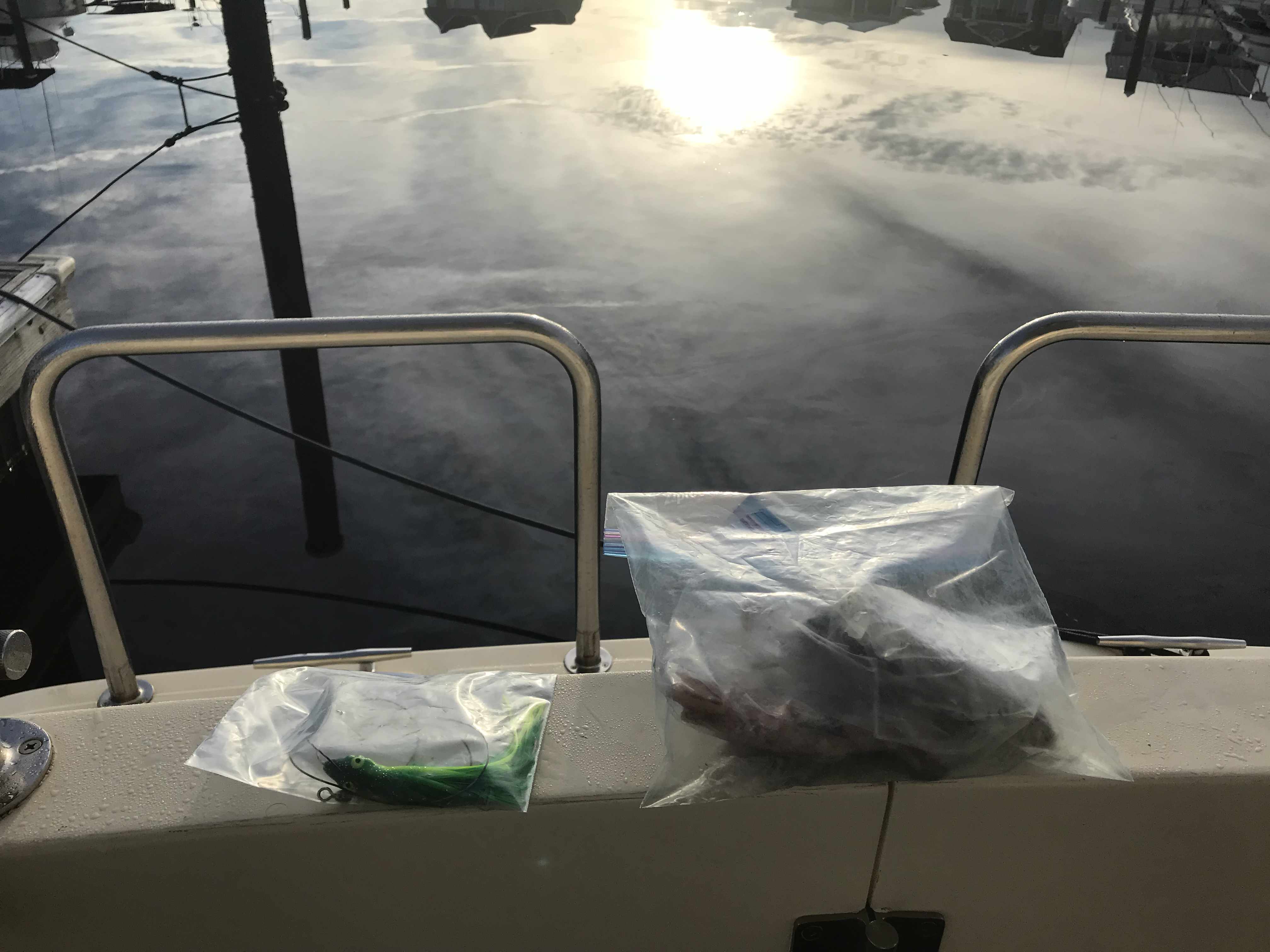
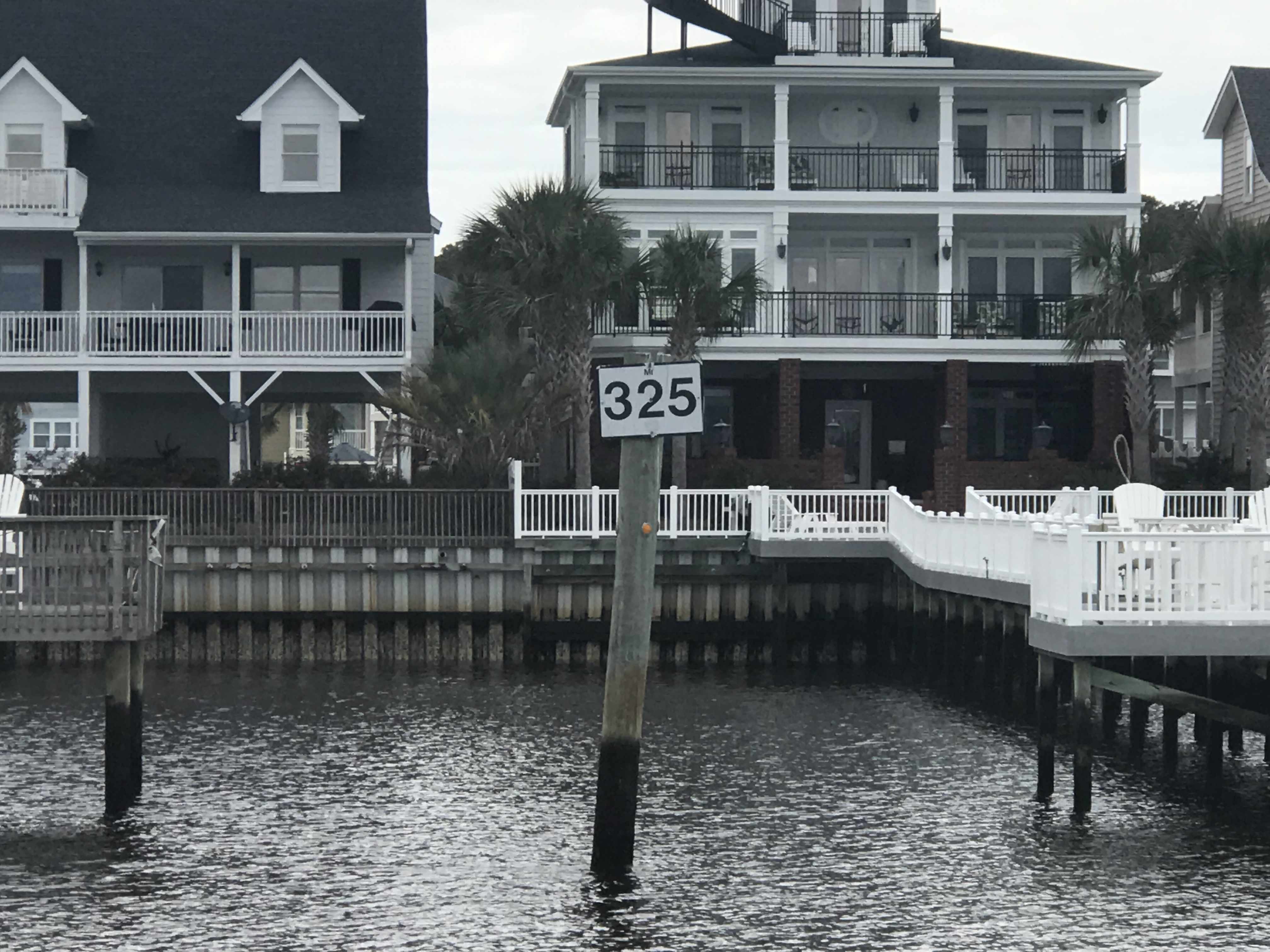



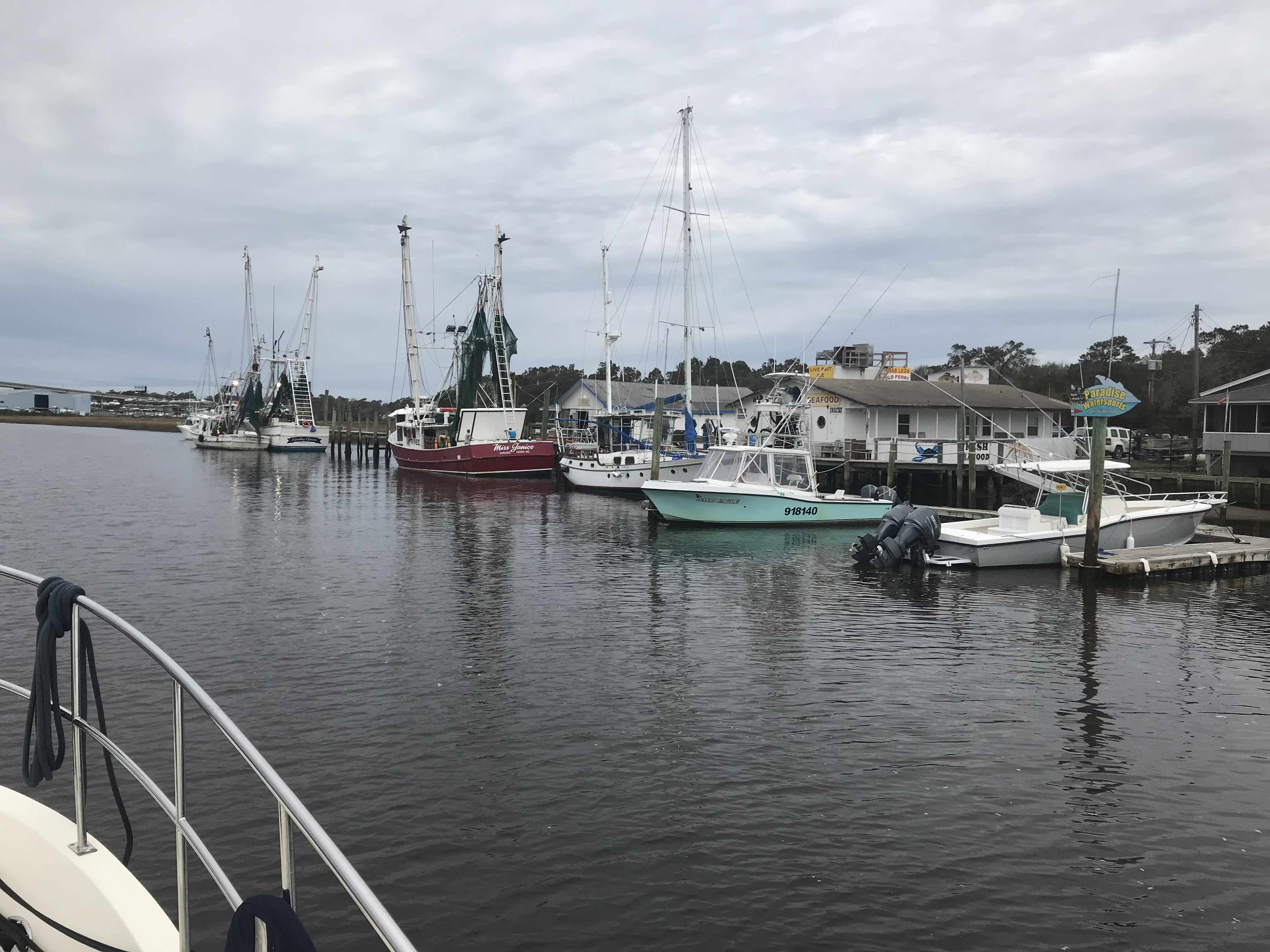





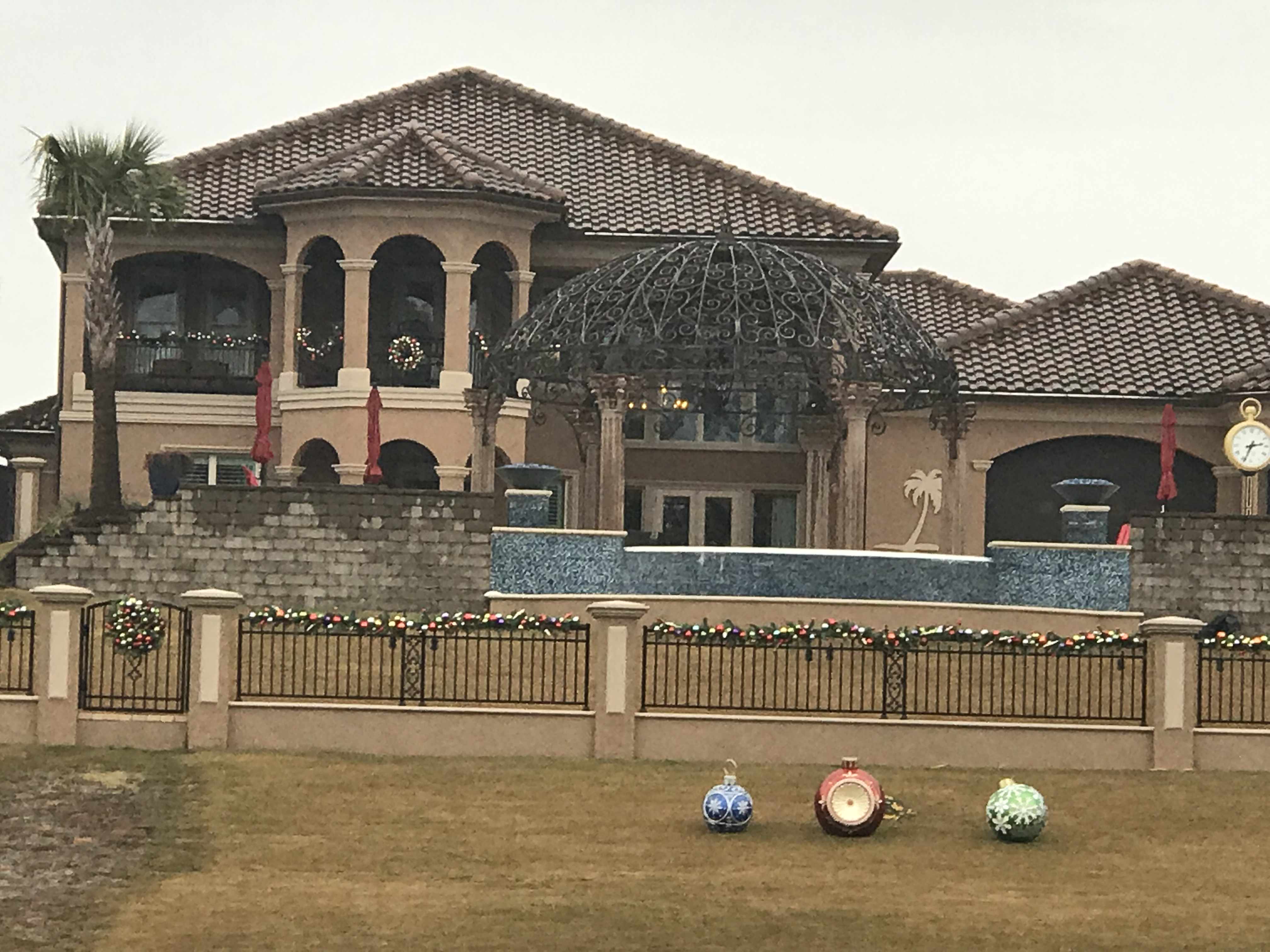
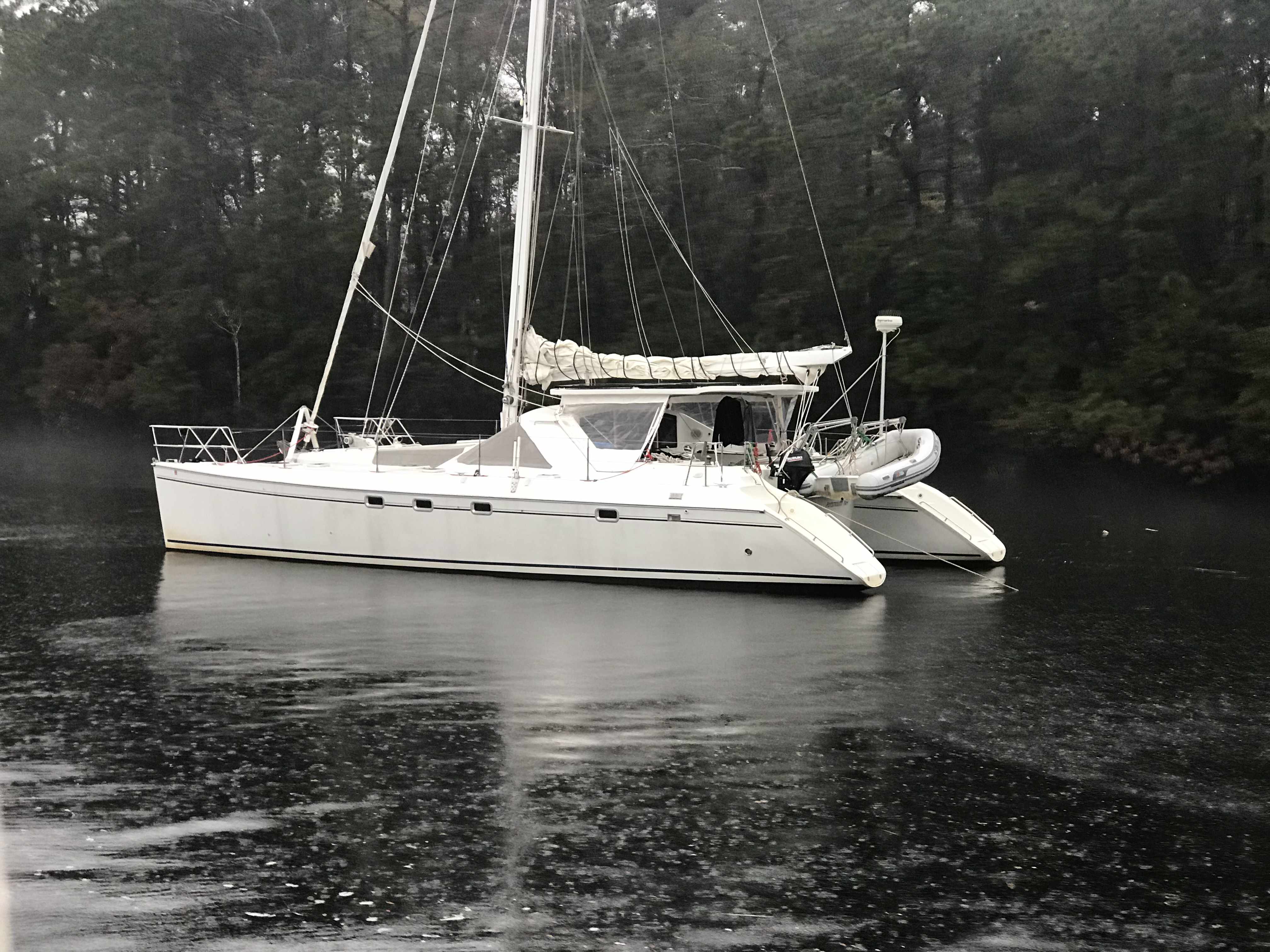
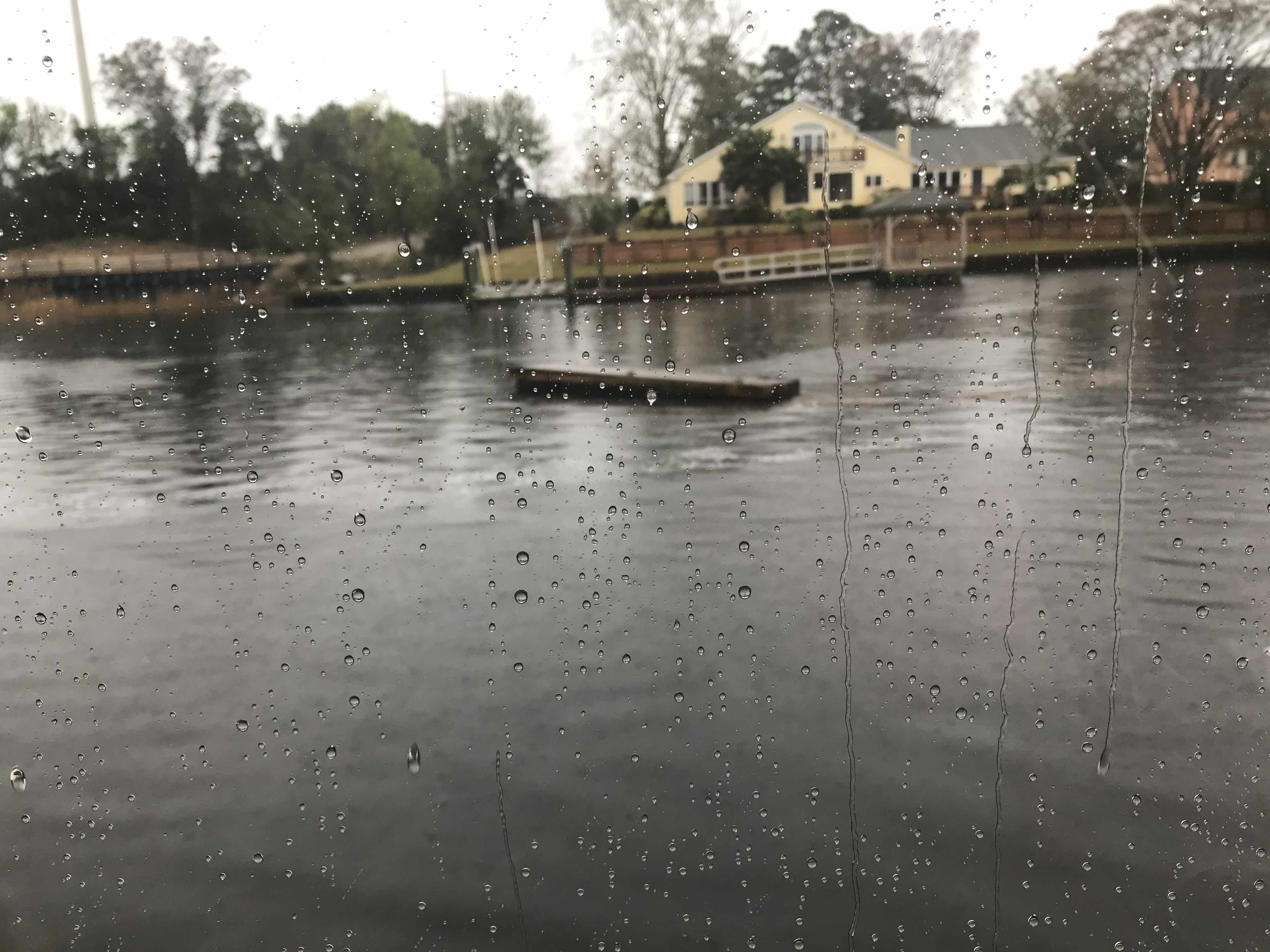


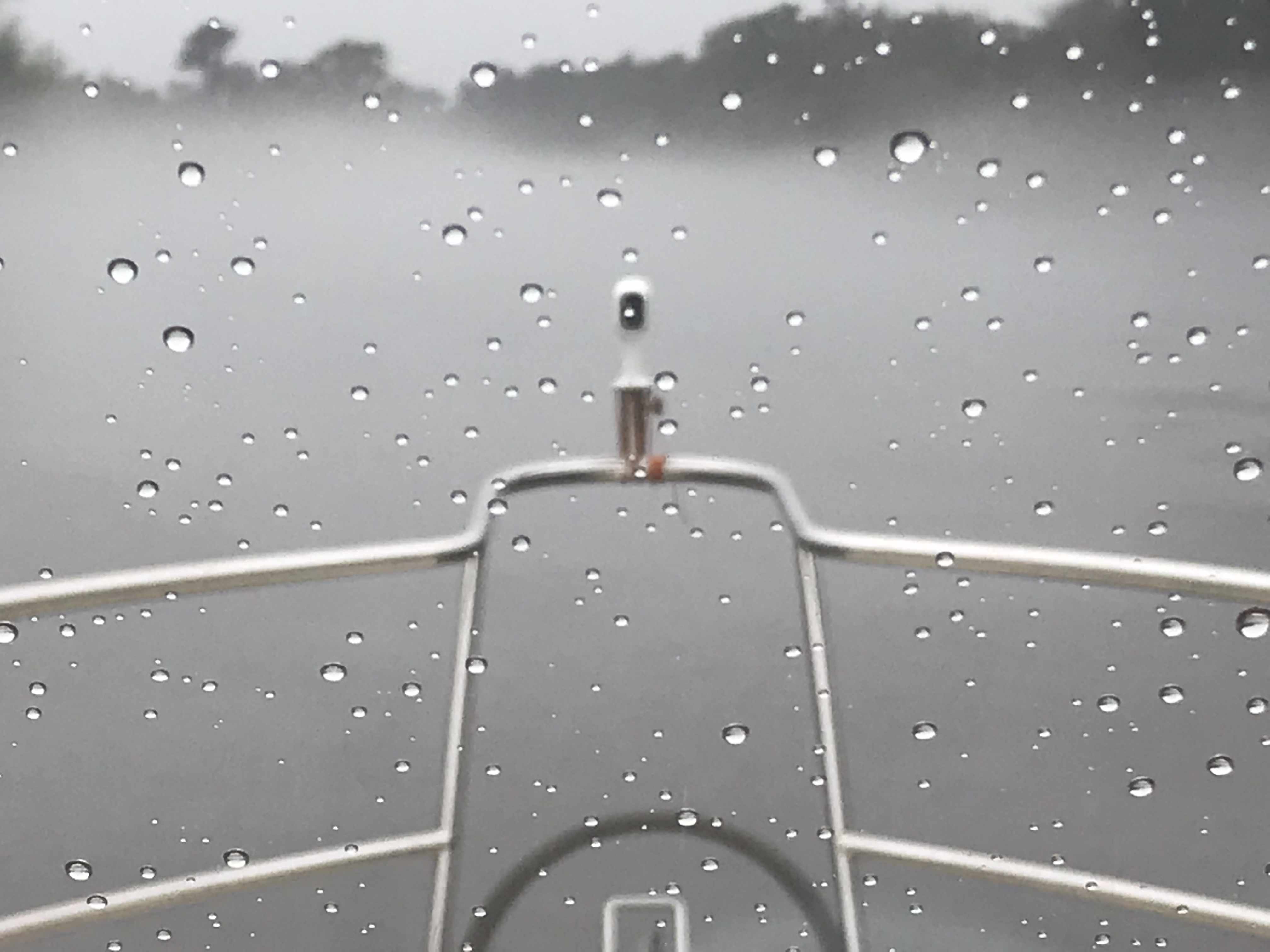


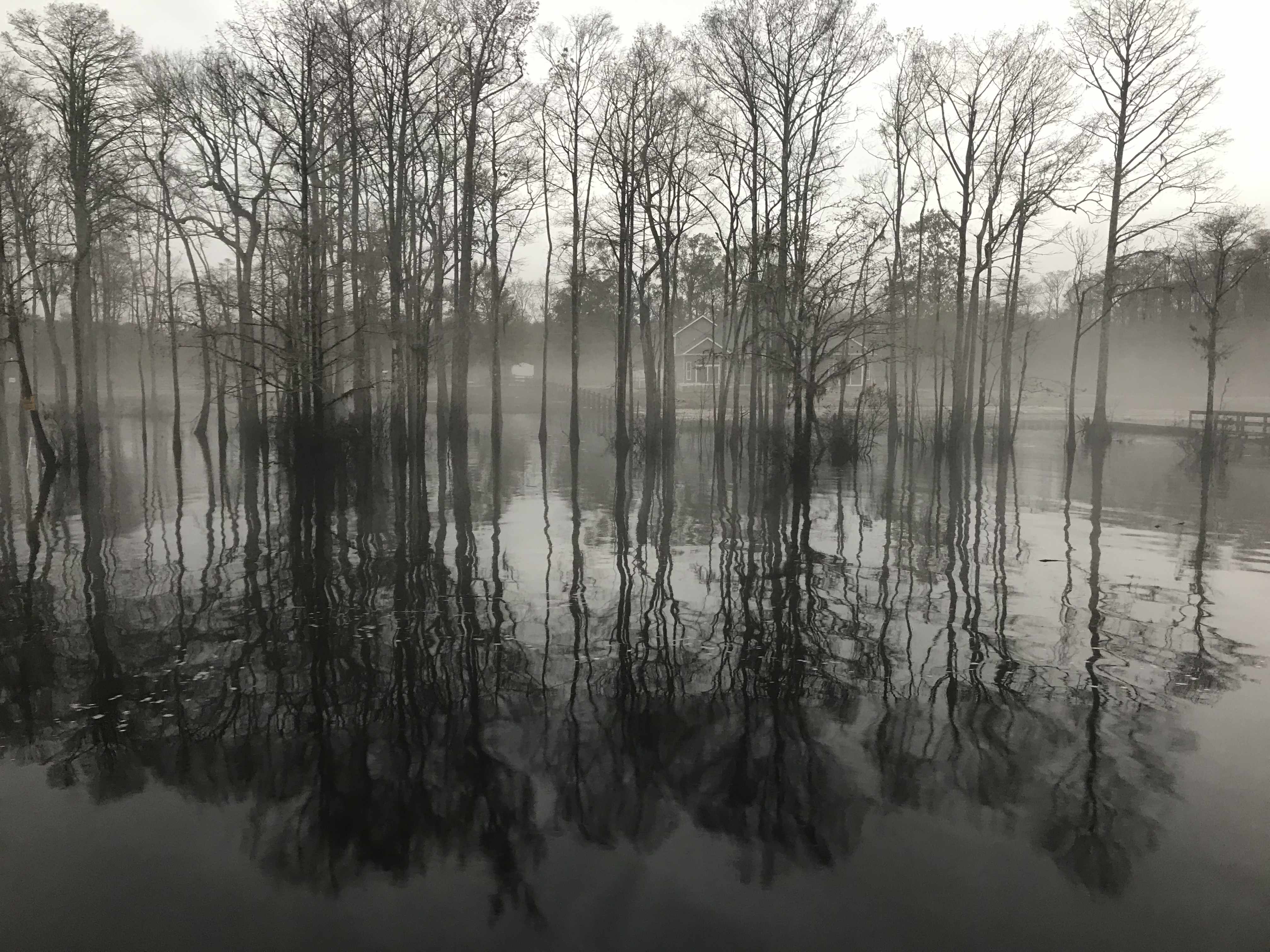


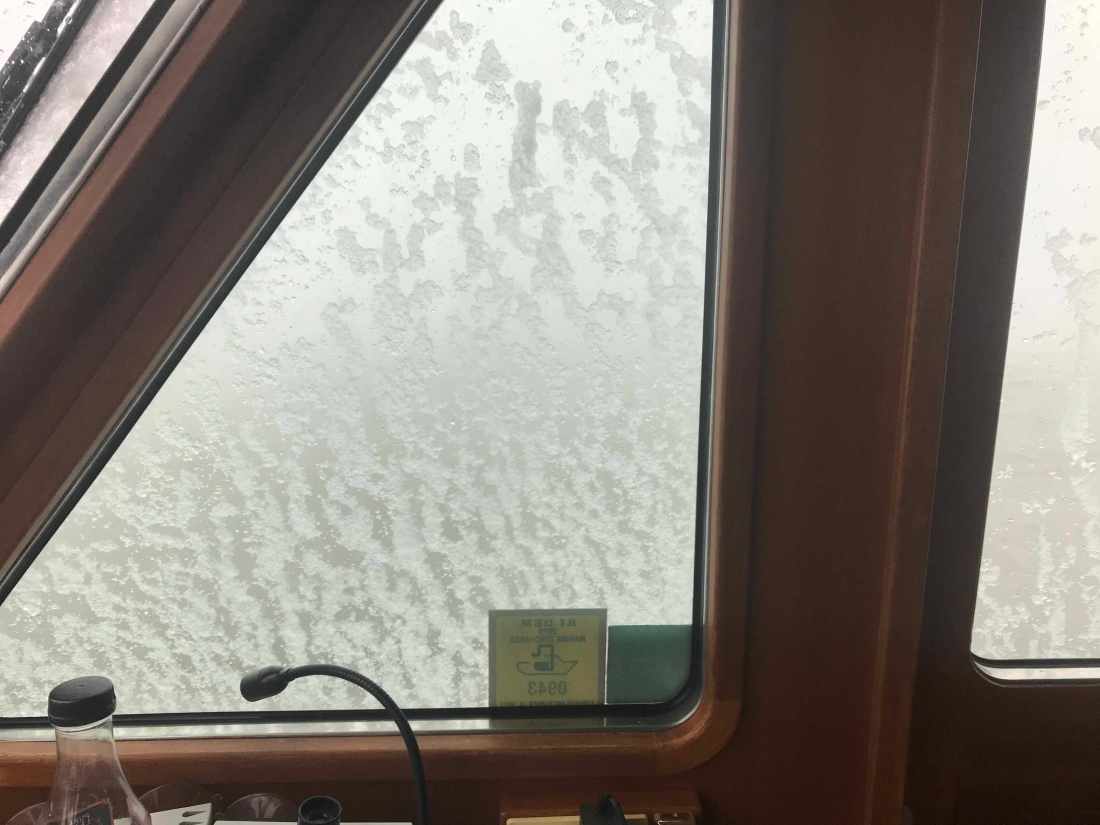






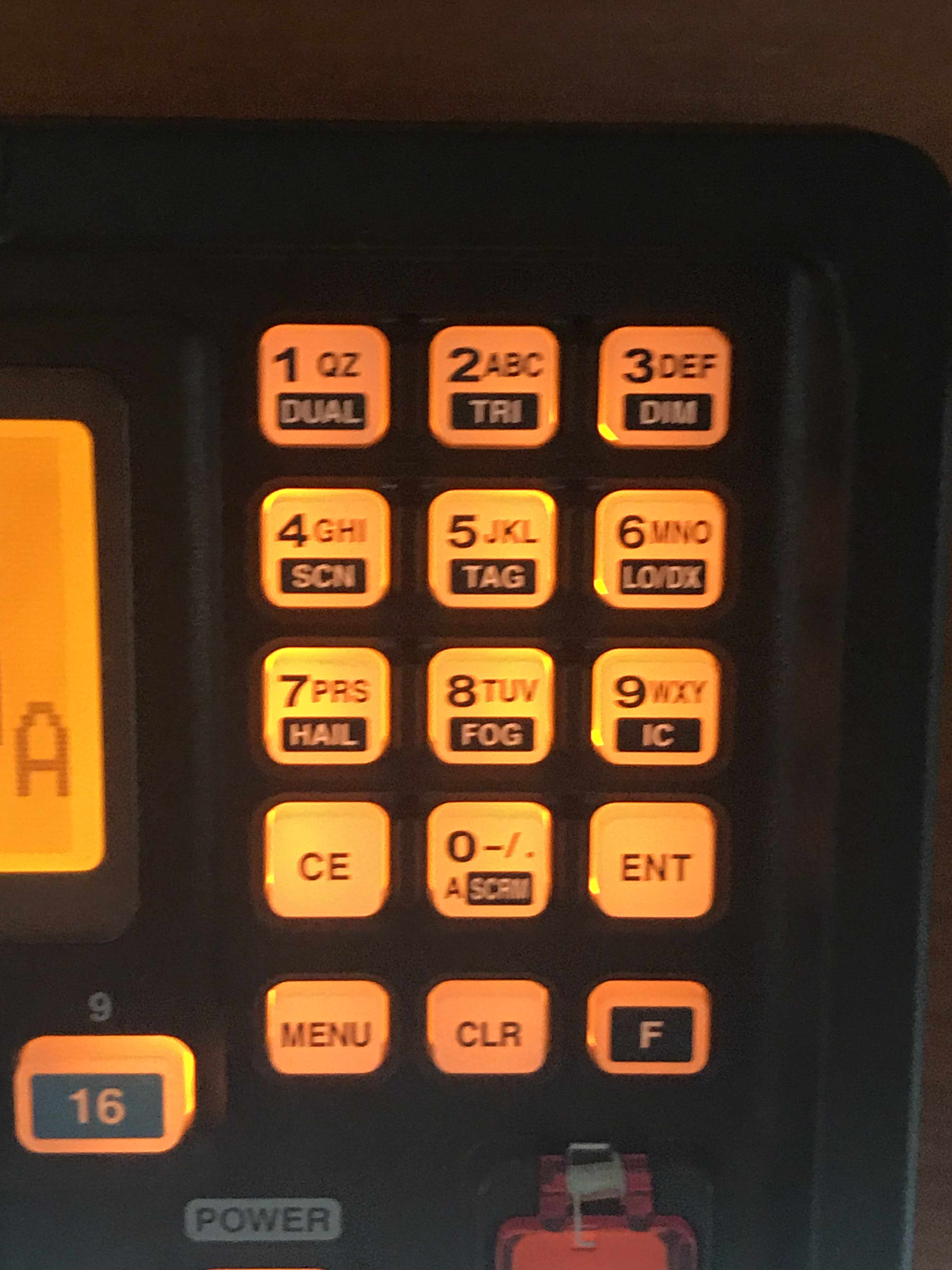





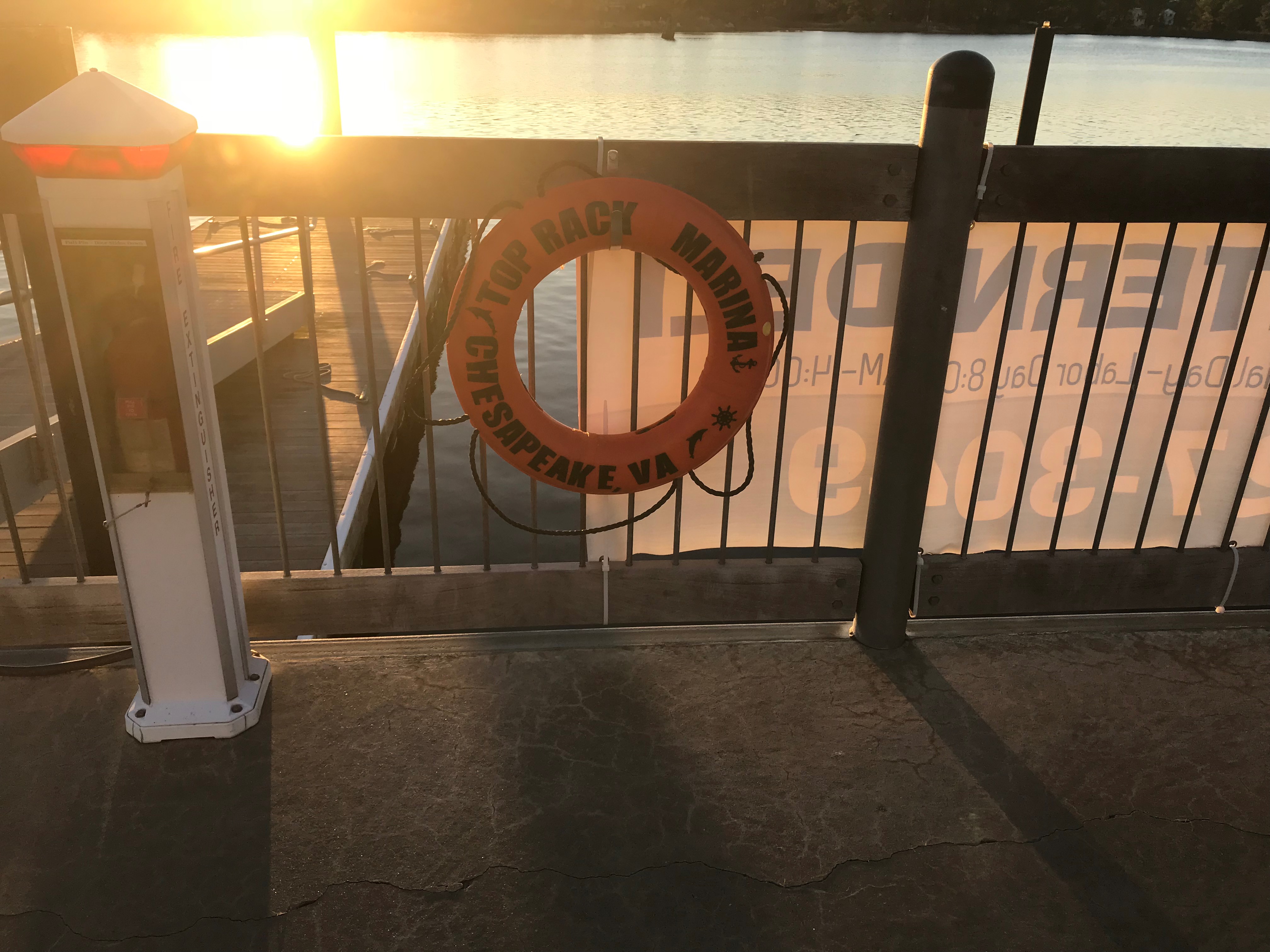

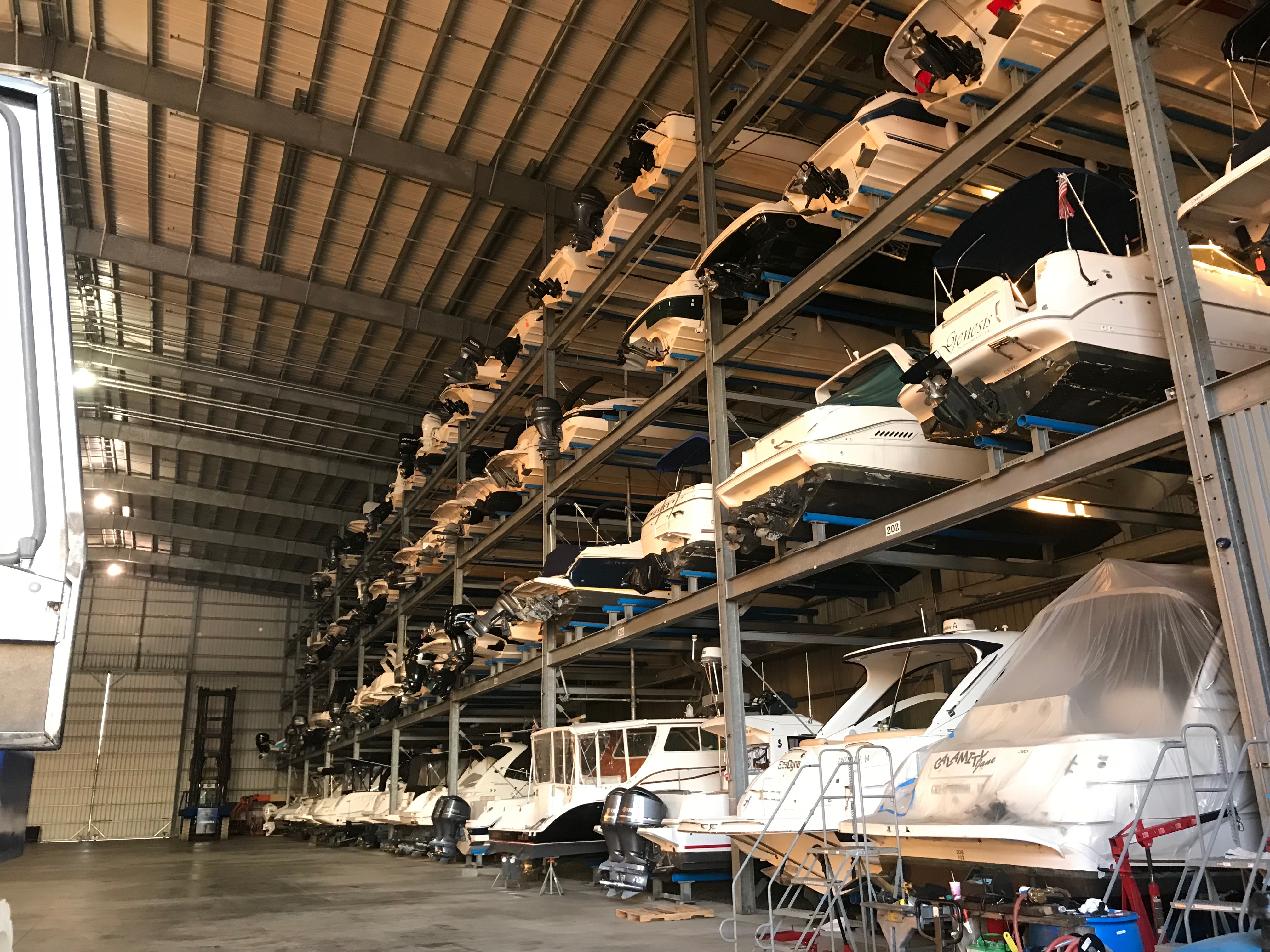
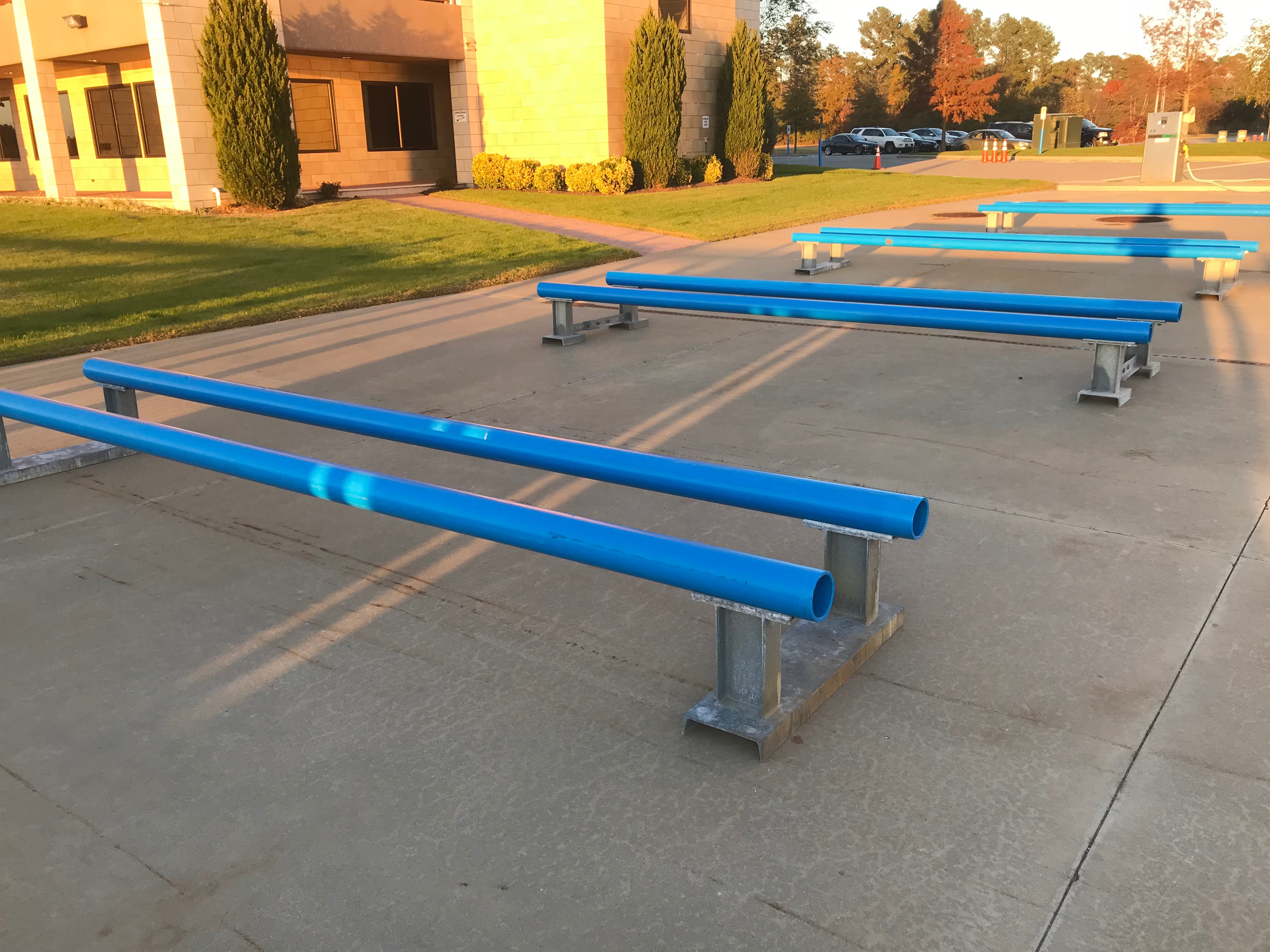
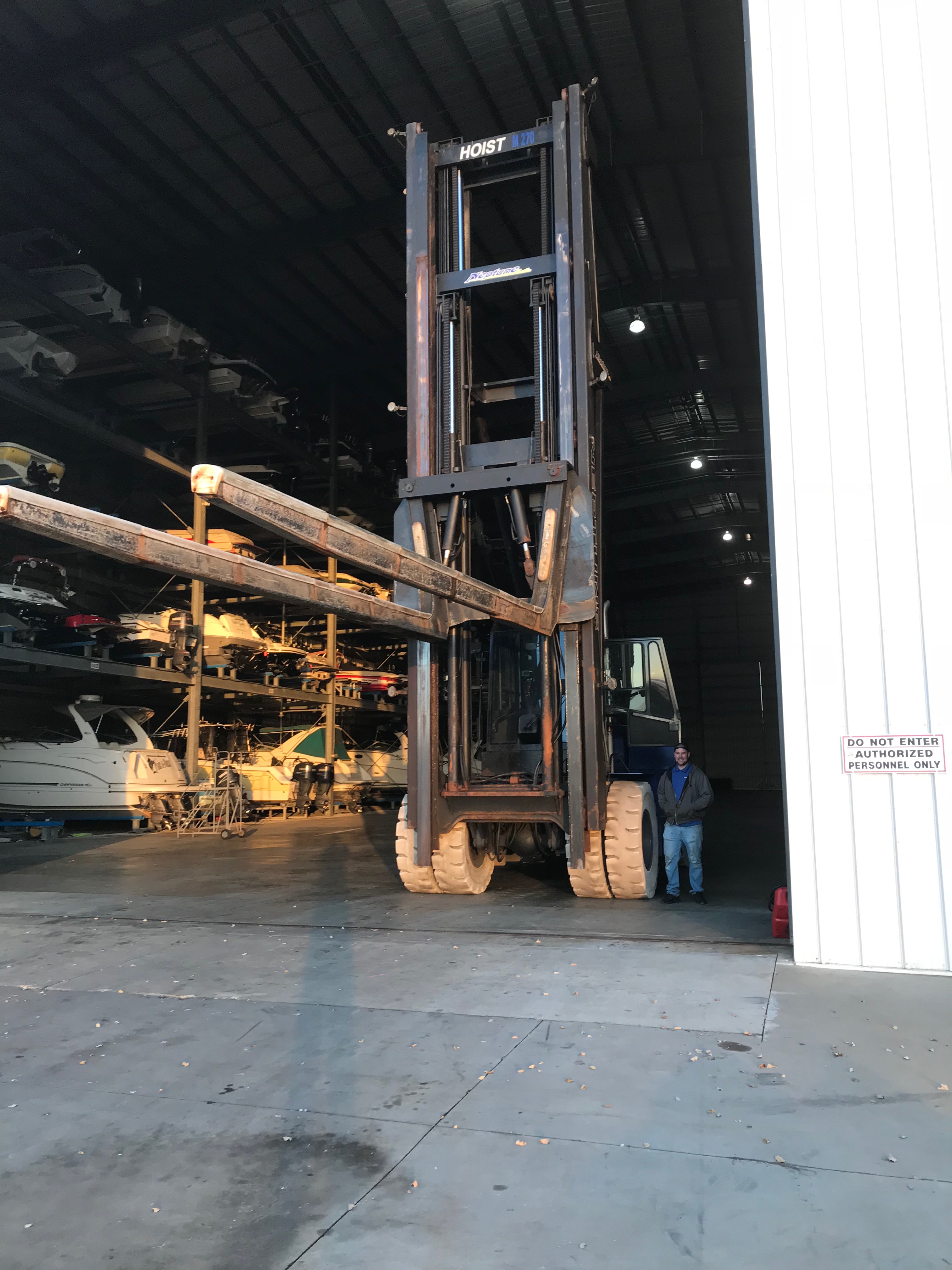

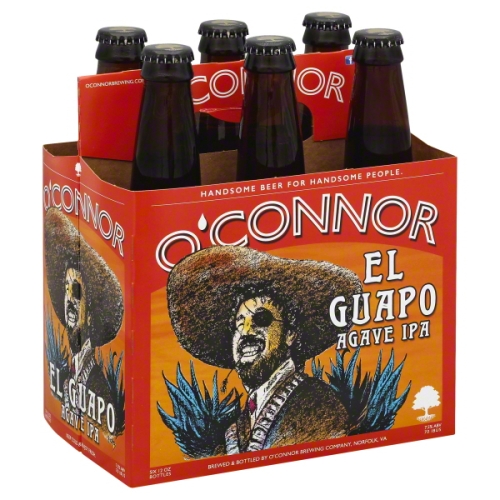

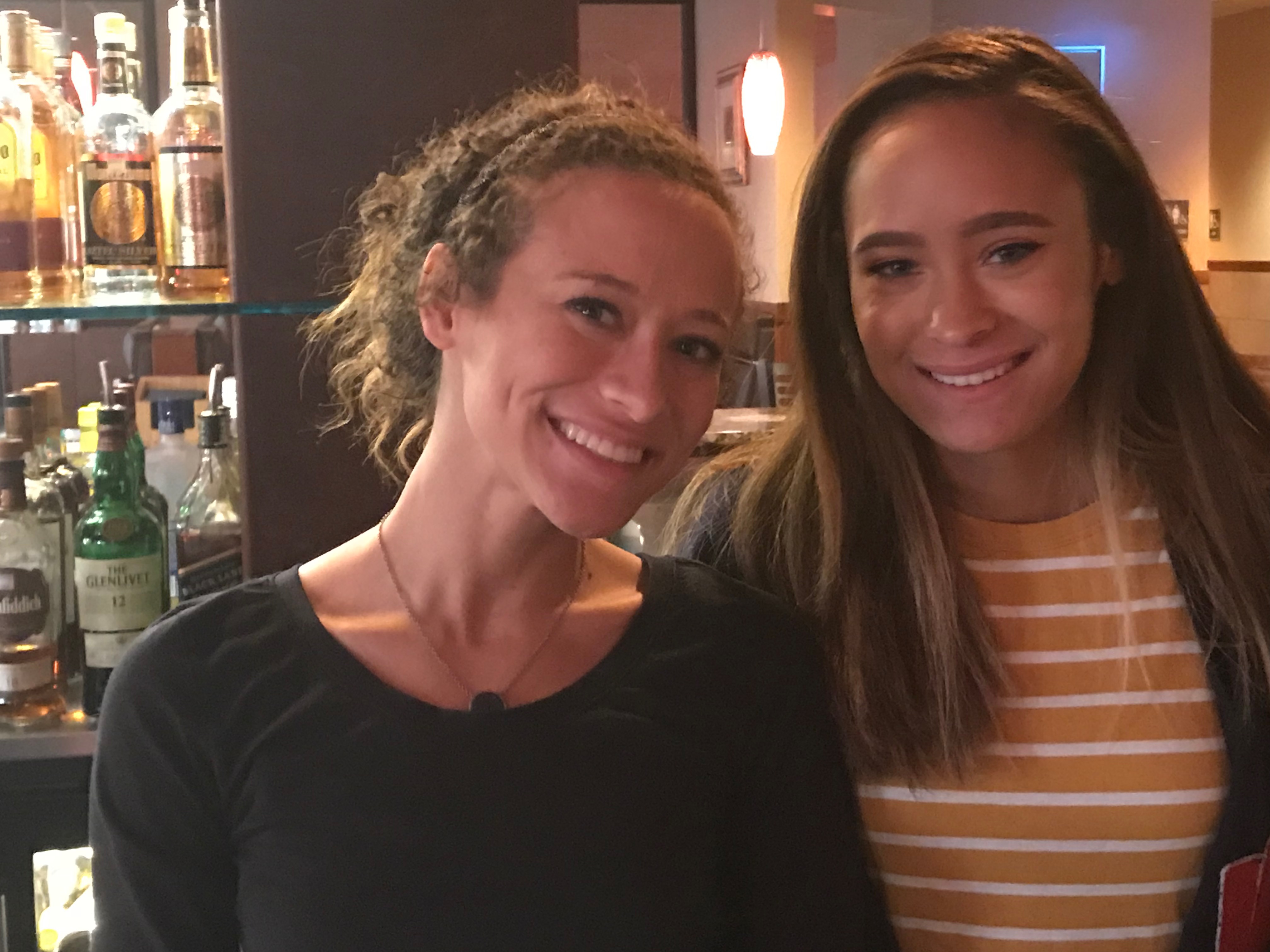



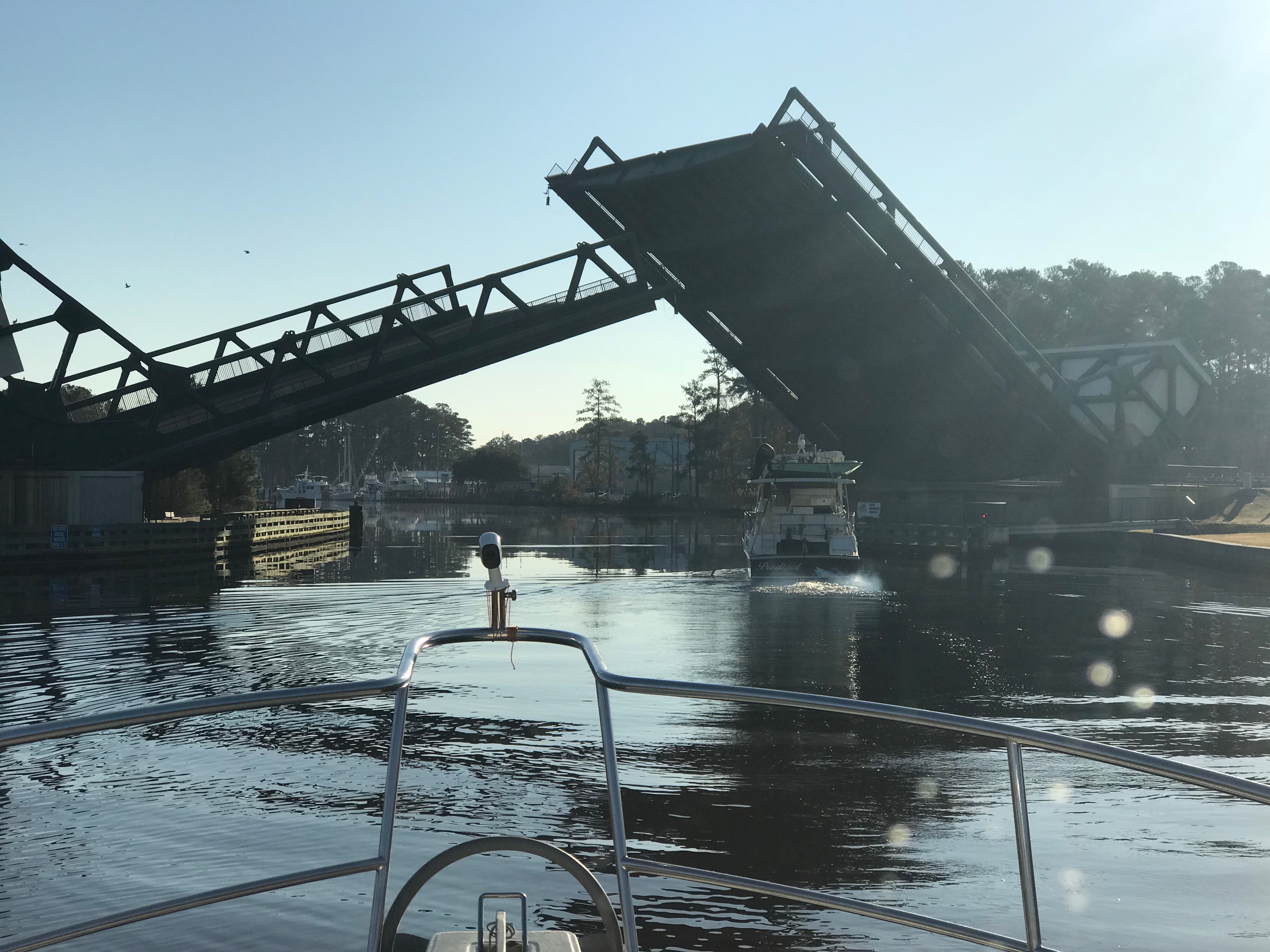


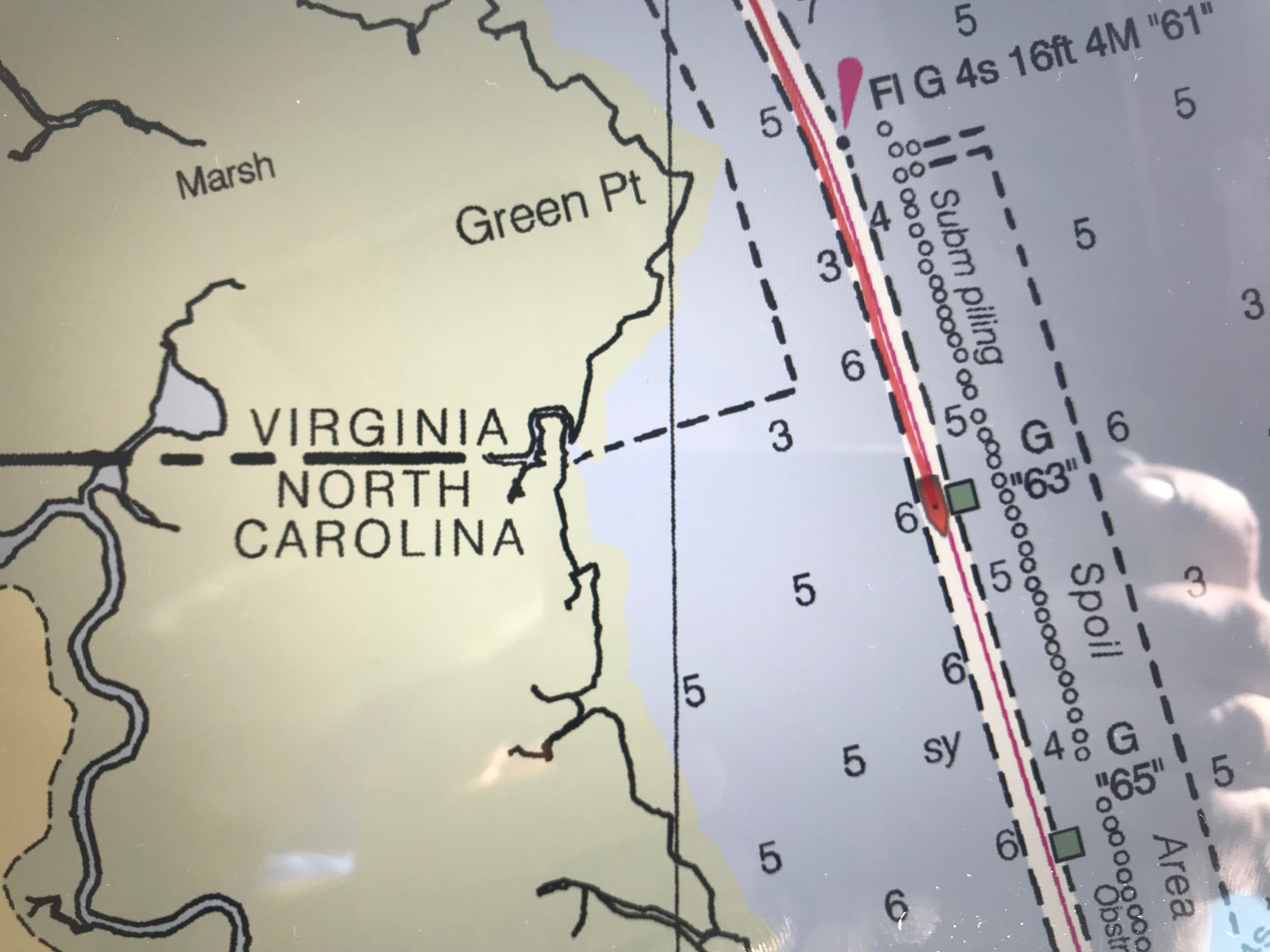
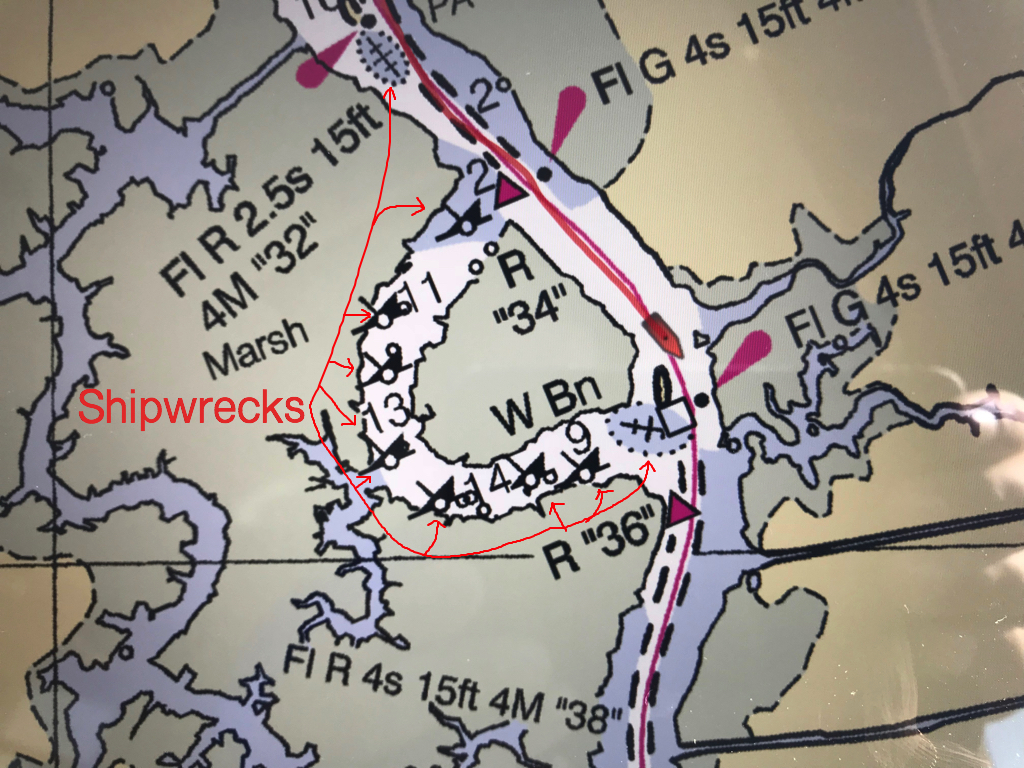


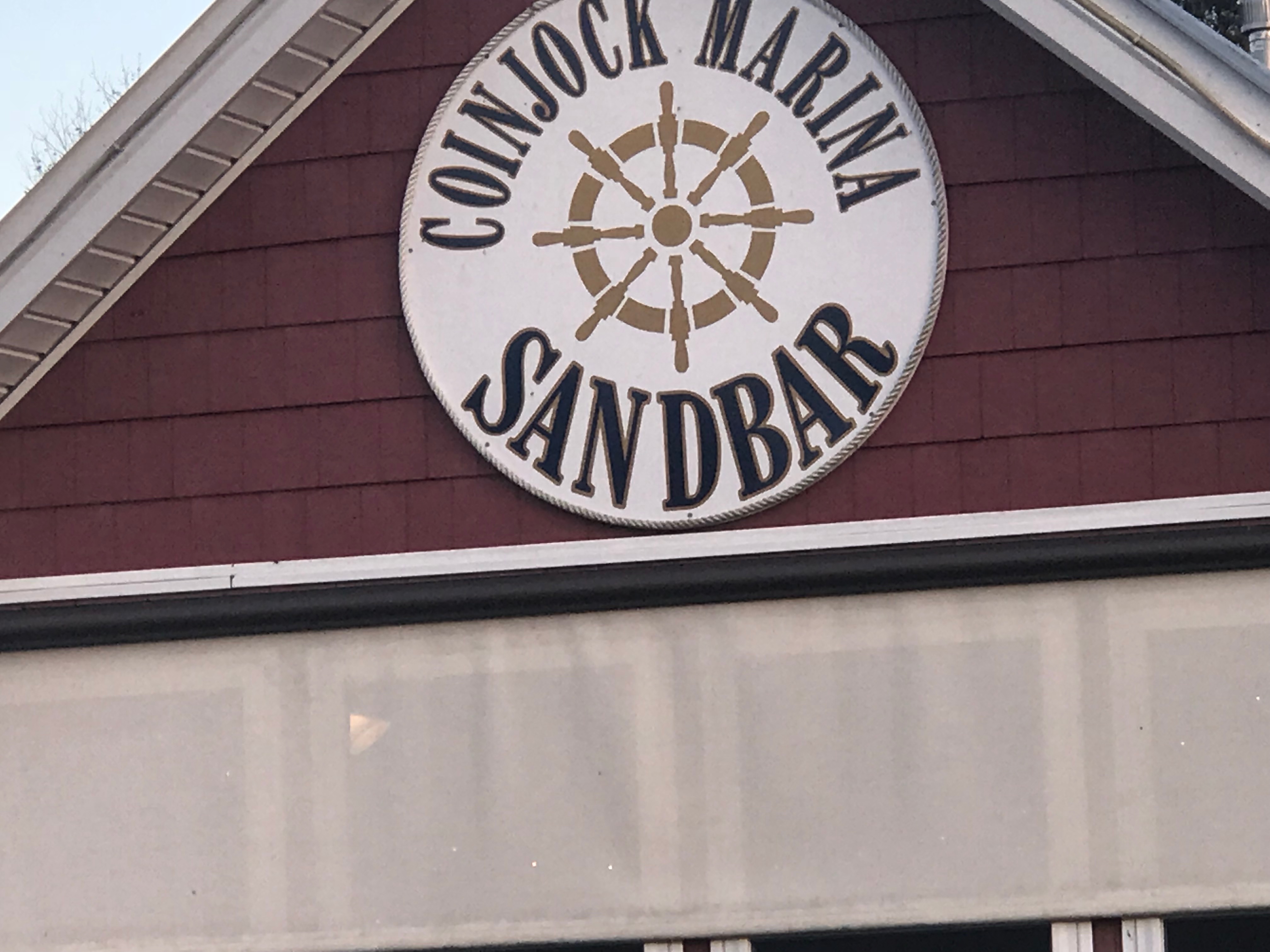
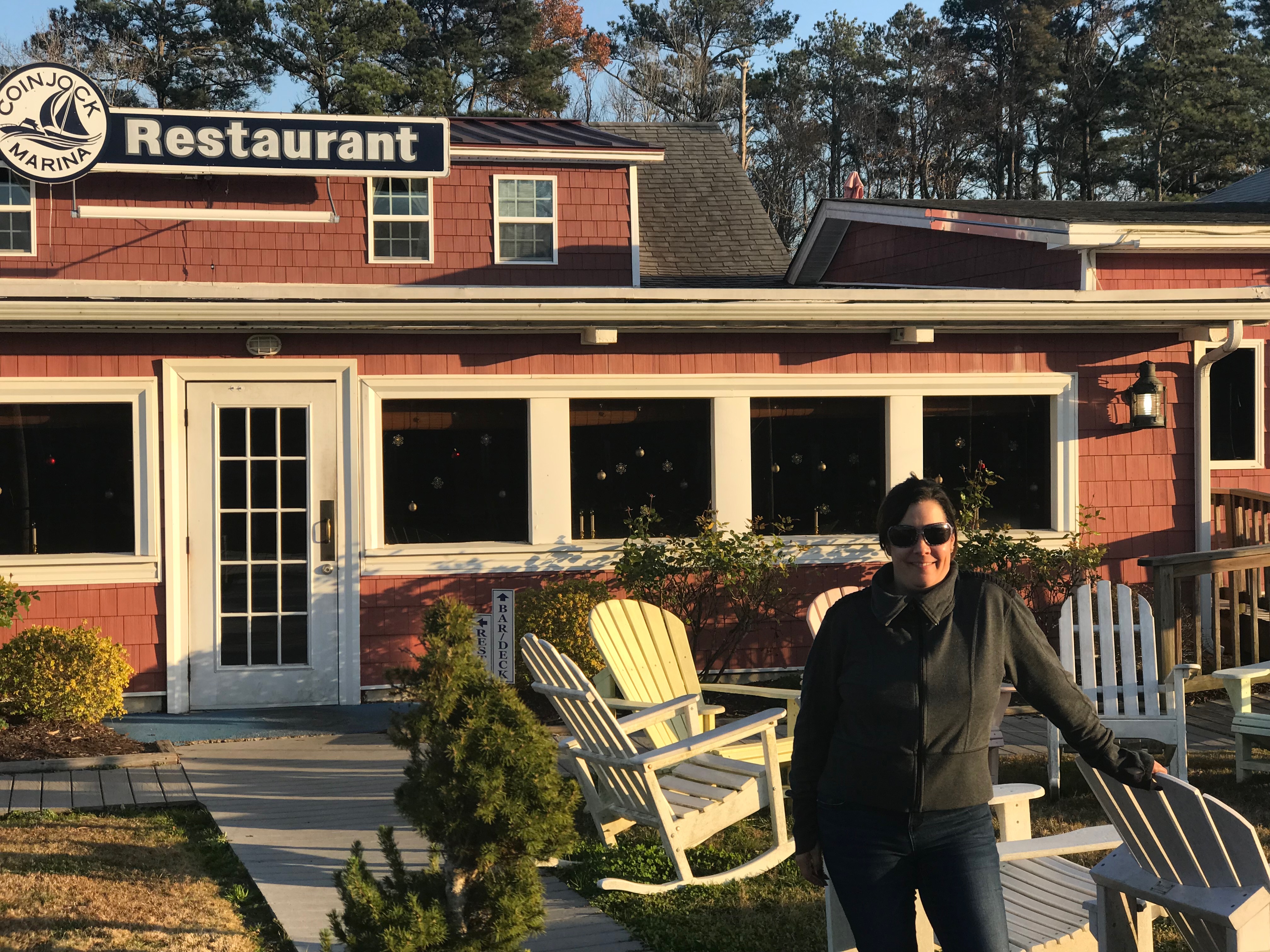
You must be logged in to post a comment.